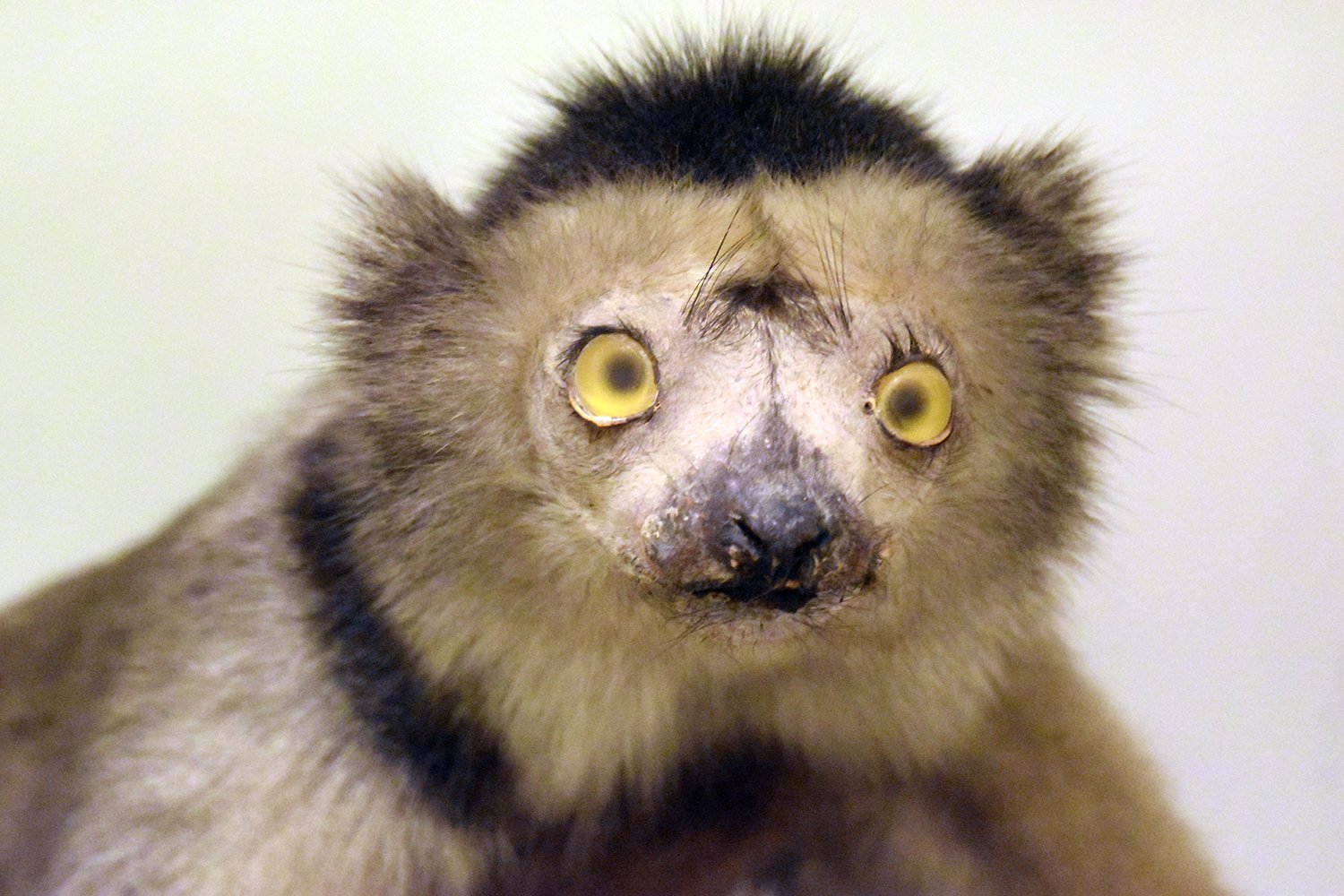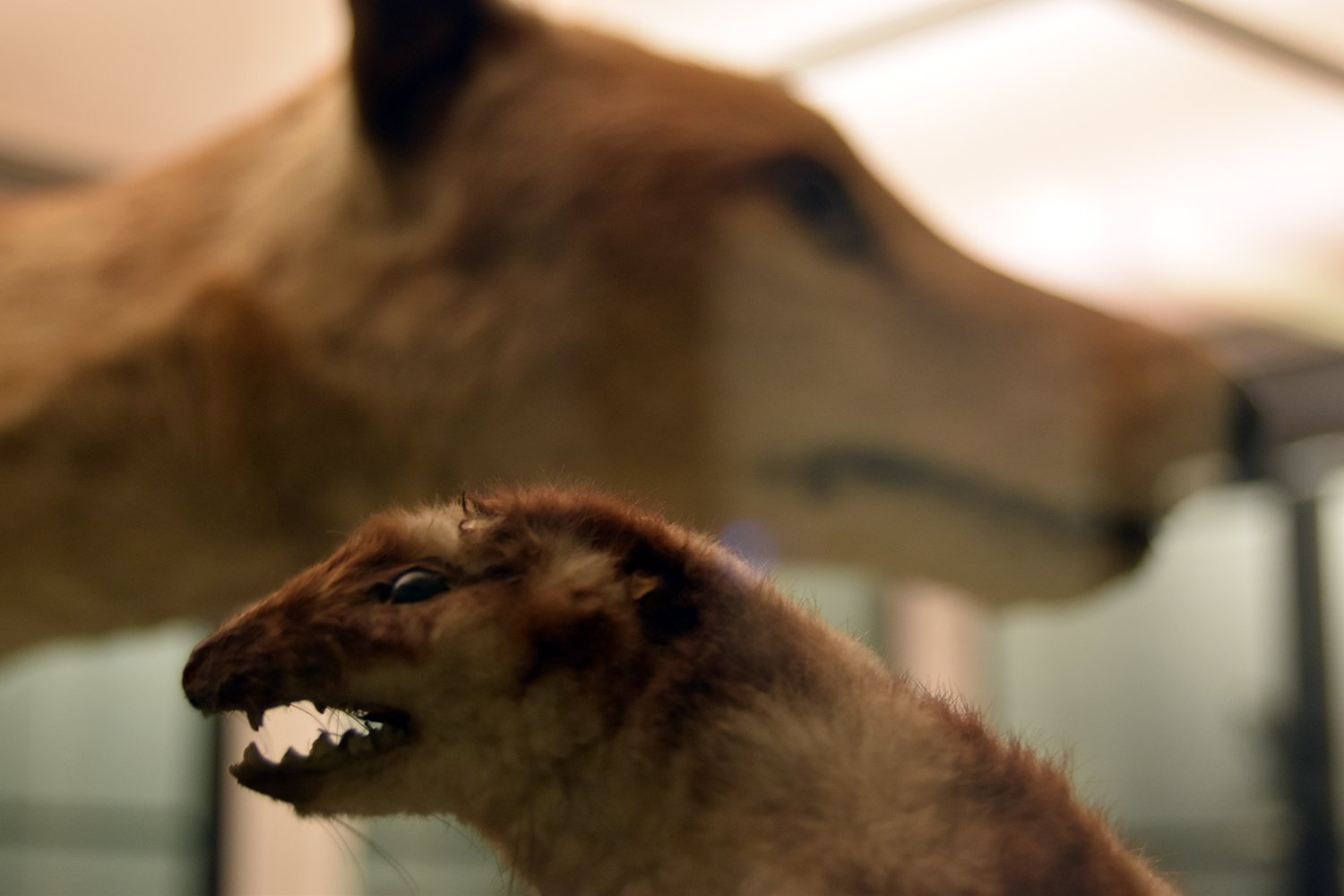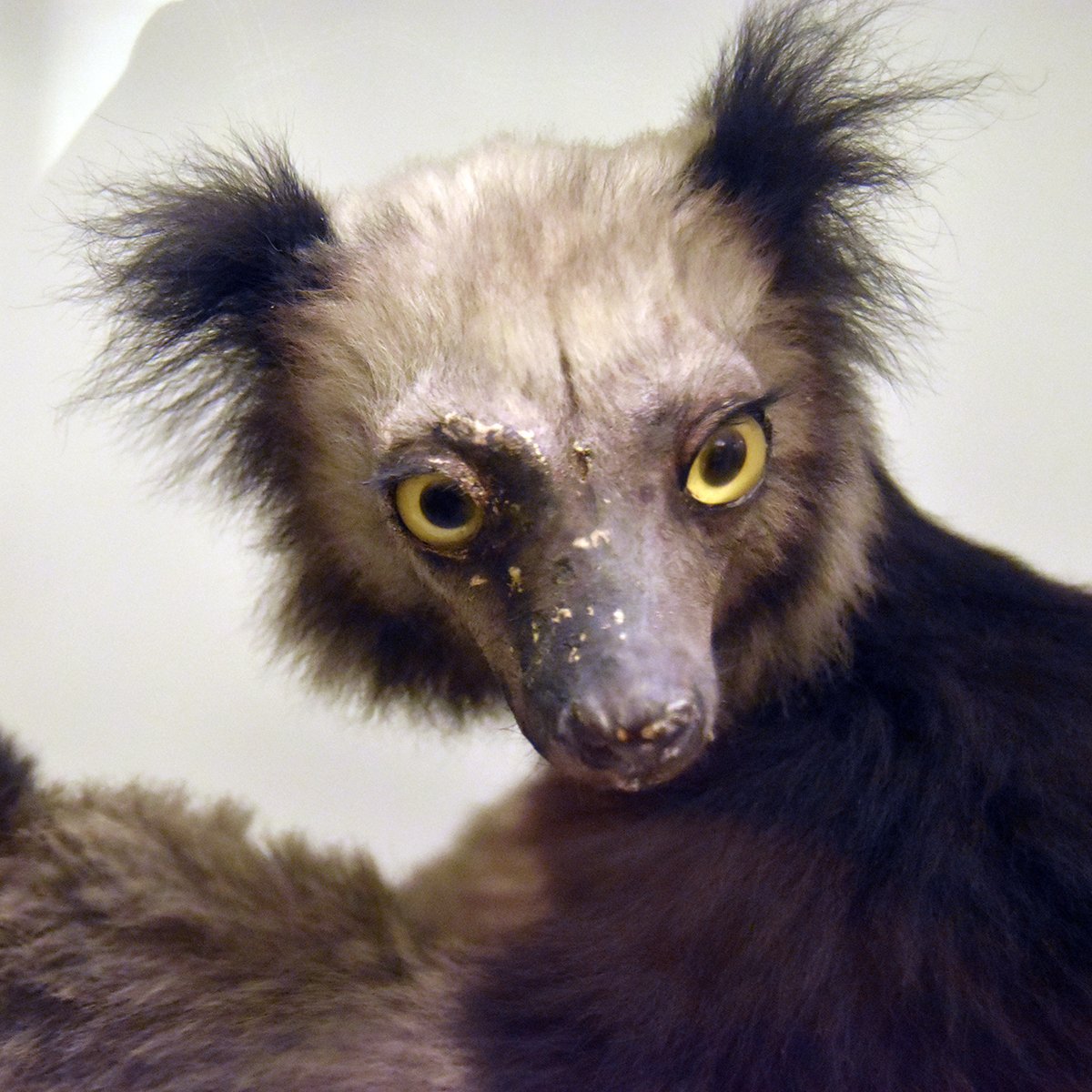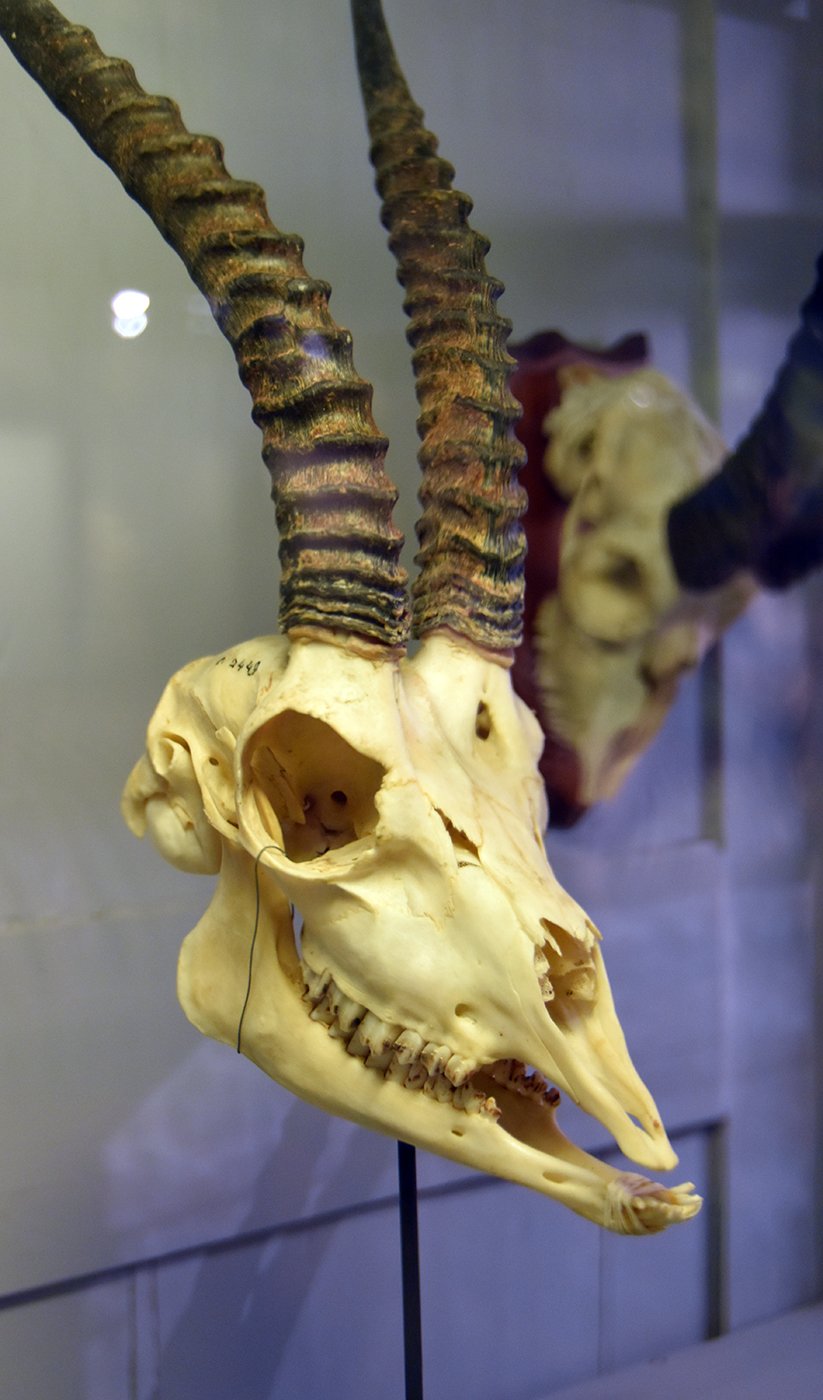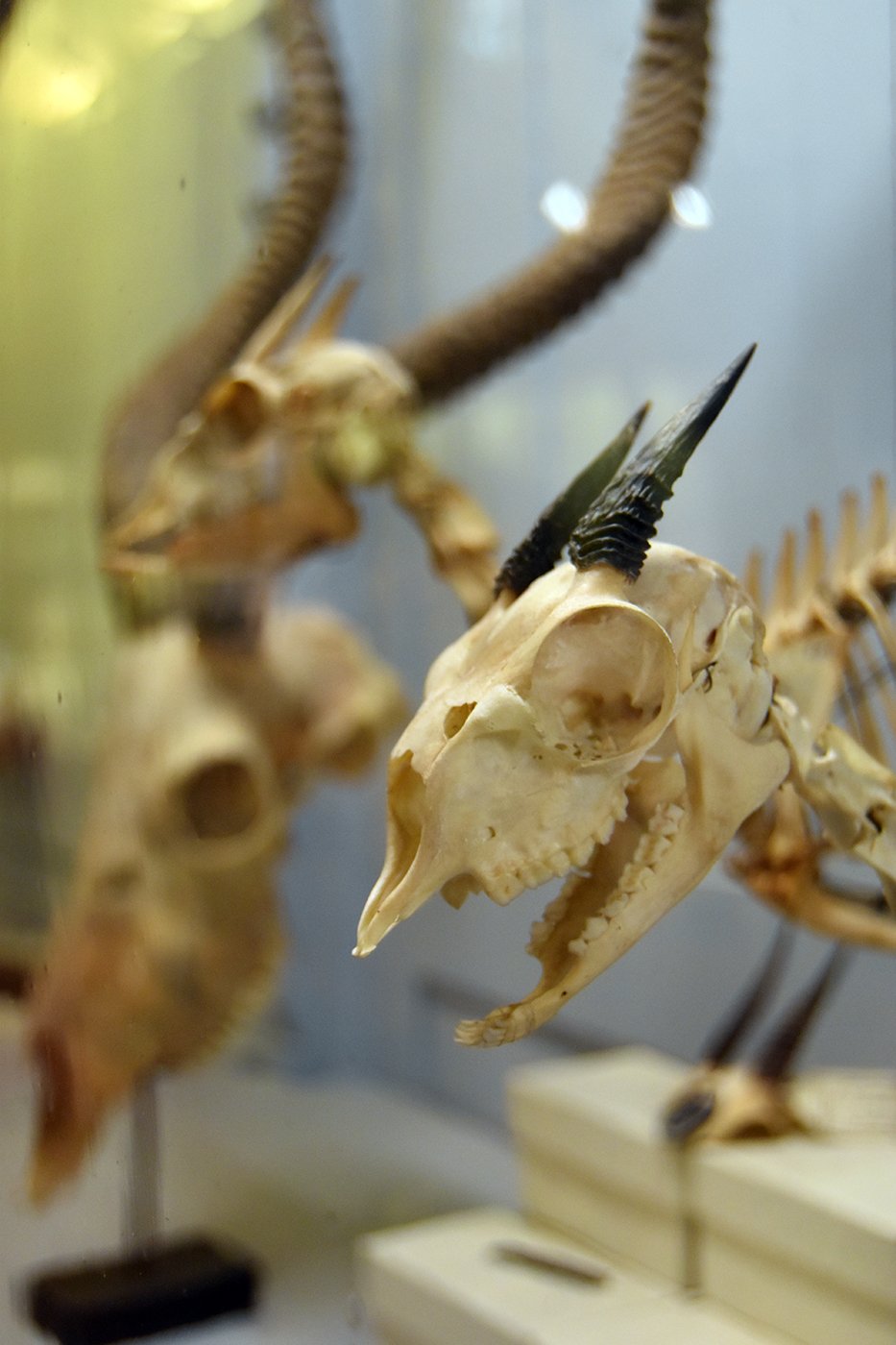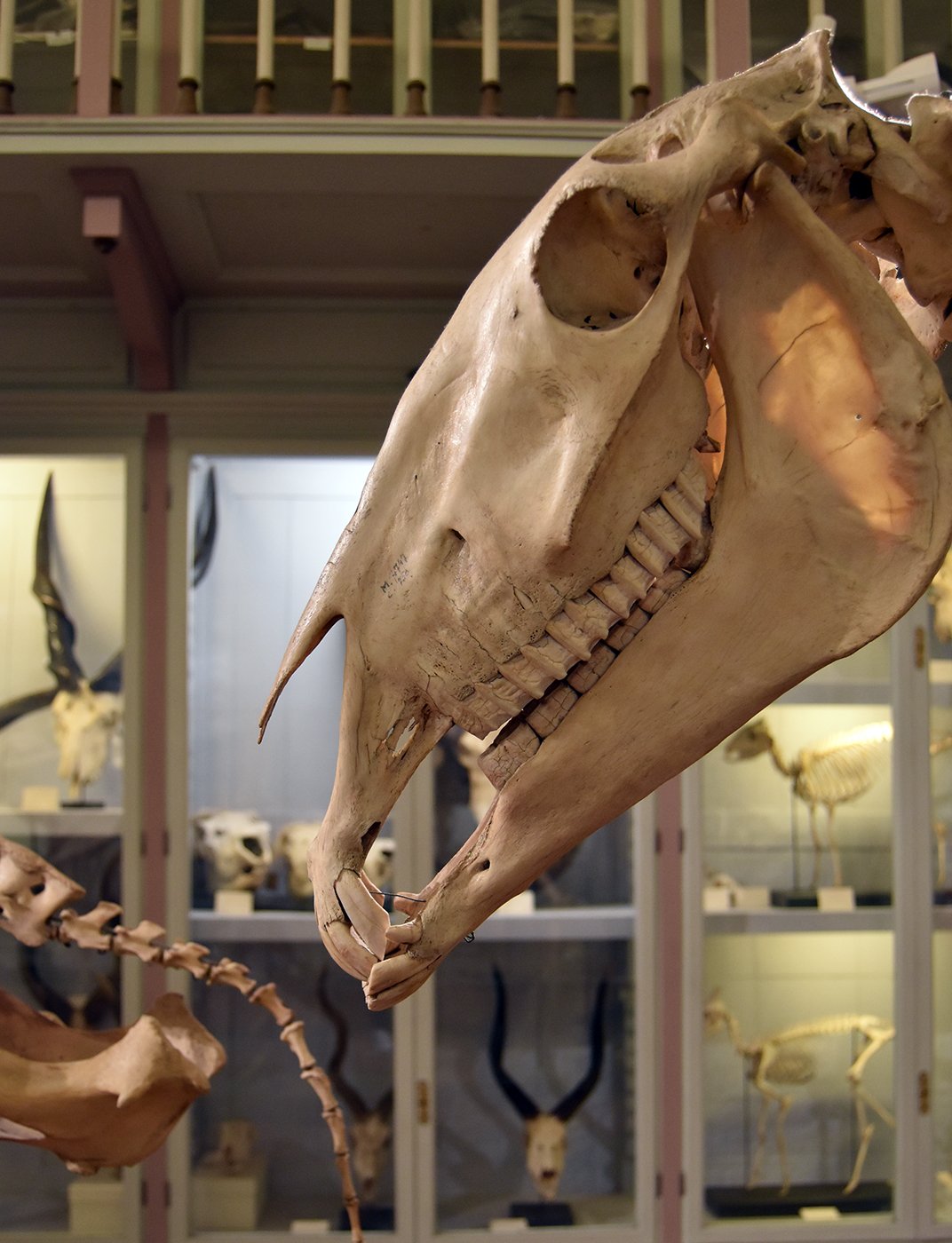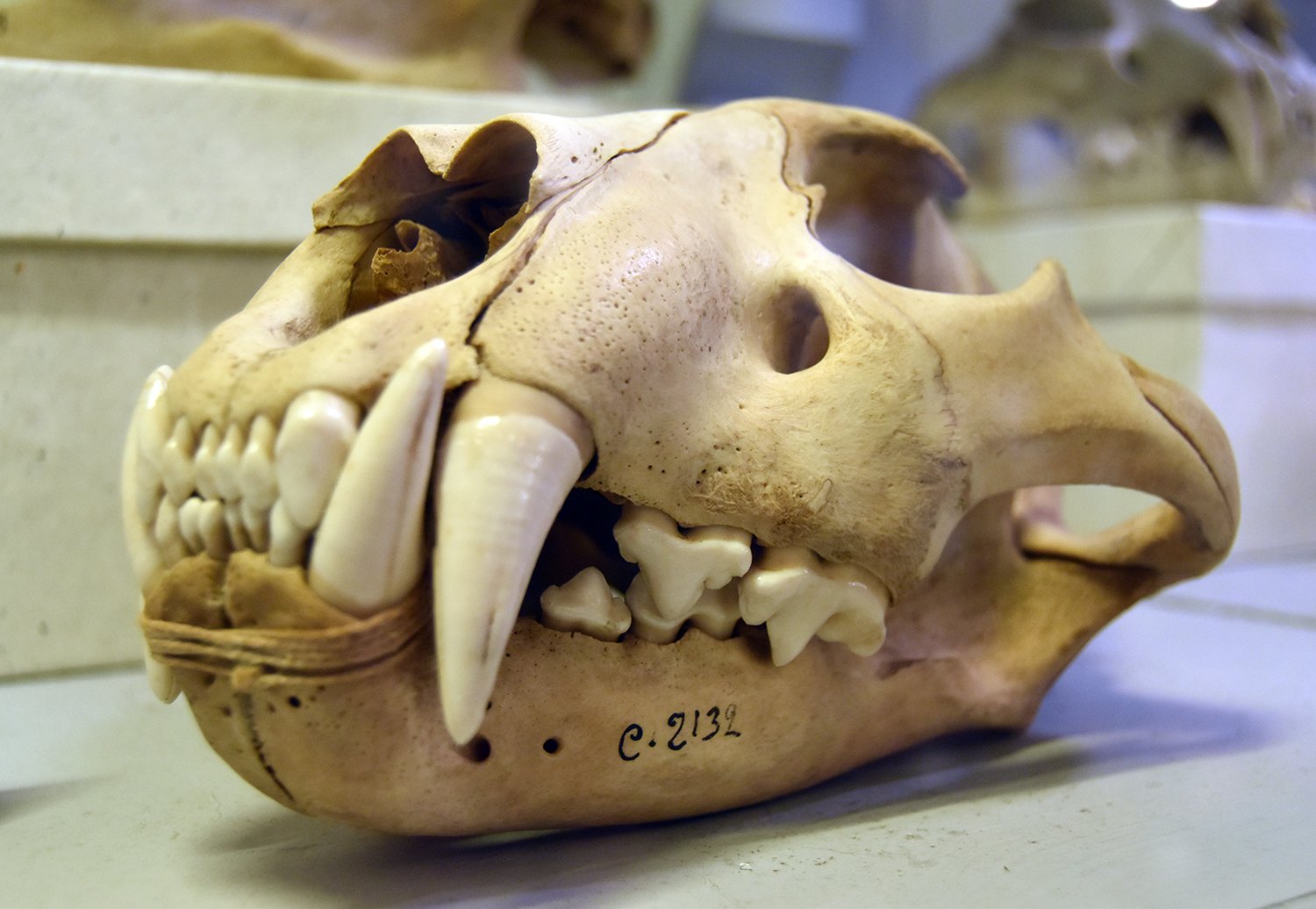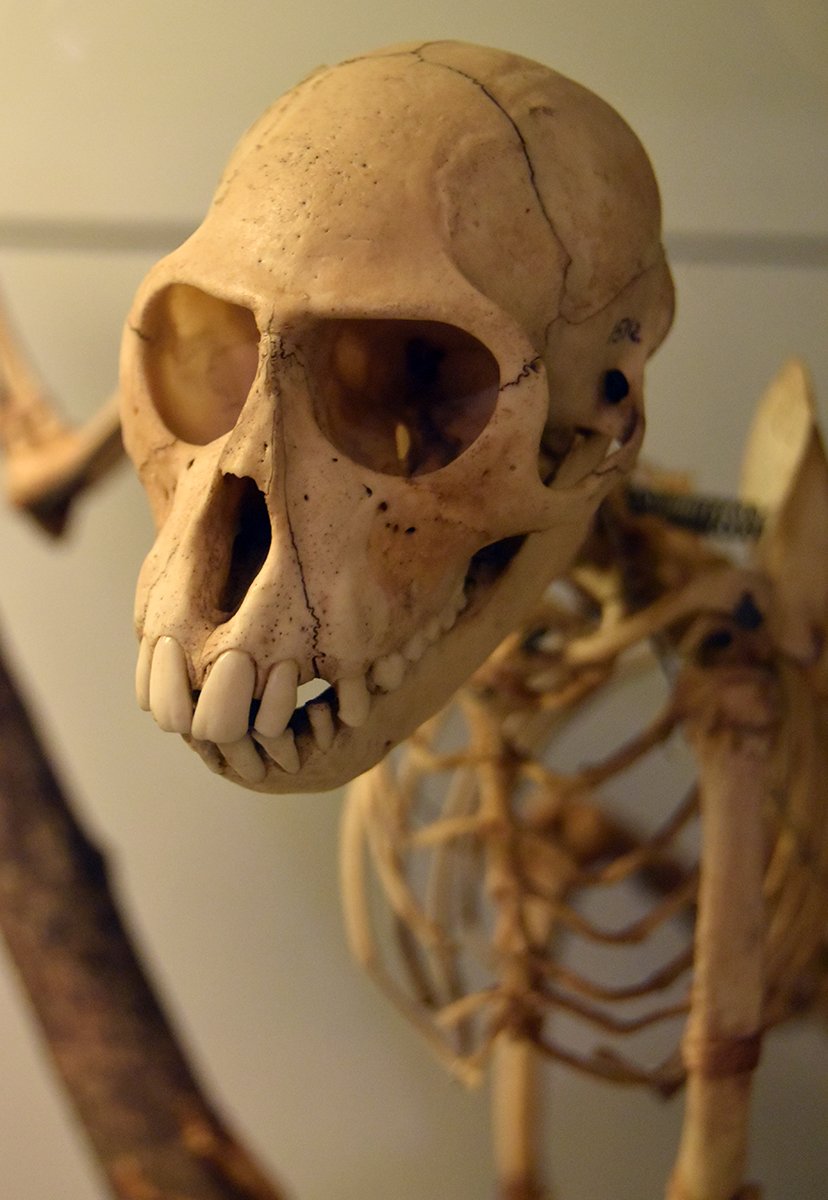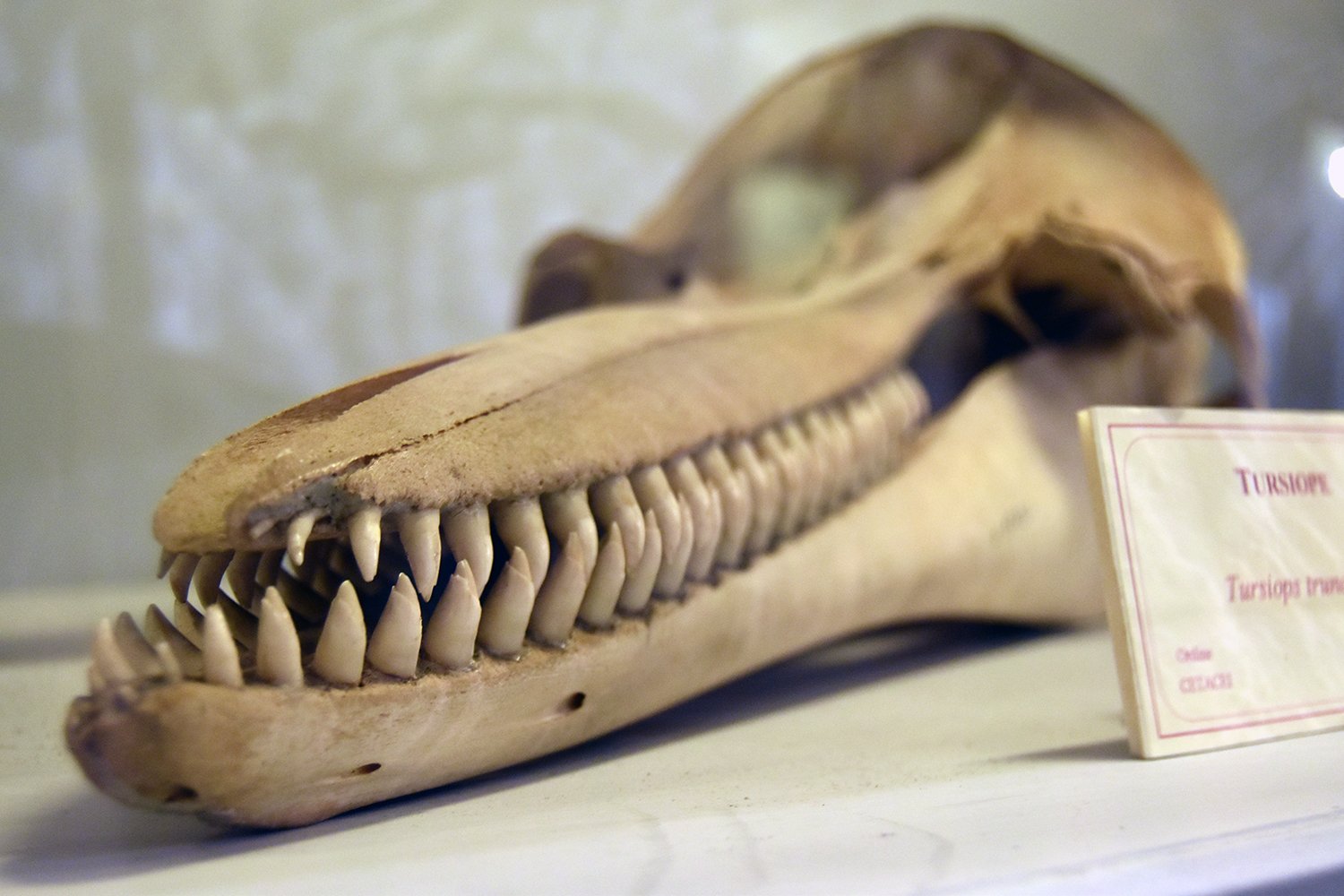
Photographs from the collections of
Museo Storia Naturale - La Specola
Florence
April 2019
Anatomical wax model by Clemente Susini
Museo Storia Naturale - La Specola was founded in Florence by Grand Duke of Tuscany Peter Leopold (1747-1792) as il Reale Museo di Fisica e Storia Naturale (The Royal Museum for Physics and Natural History) in 1771. Located on the Via Romana in the former Palazzo Torrigani next to the Pitti Palace and Boboli Gardens, the grand duke appointed physiologist Felice Fontana (1730-1805) as director. It became the first science museum open to the public in 1775. It’s current name, La Specola, is a reference to the astronomical and meteorological observatory added to the site in 1790.
Florence’s scientific community had urged the grand duke to reorganize the collections gathered over the centuries by the Medici family for public display, bringing together natural history curiosities and scientific instruments originally housed in the Galleria Imperiale, Pitti Palace, and Uffizi Gallery. Additionally, sculptor Clemente Michelangelo Susini (1754–1814) was hired to create anatomical wax models for educational purposes, which he produced with artistic flair in a ceroplastics workshop on the premises. His work was of such a high quality that in 1780, after visiting the museum, Holy Roman Emperor Joseph II (brother of the grand duke) commissioned Susini to create for him more than 1,000 anatomical wax models. These sculptures are still visible today in the Josephinum, the Medical History Museum Vienna.
La Specola was originally focused on all of the physical and natural sciences. However, following the closure of the original museum in the late 19th century and redistribution of some collections to other facilities, such as Museo Galileo (the former Istituto e Museo di Storia della Scienza), the museum’s collections now primarily focus on anatomy, zoology, and natural history. The museum features a Hall of Skeletons (accessible by reservation for a private guided tour); a large array of stuffed animals, including a former Medici pet hippopotamus that once wallowed in the Boboli Gardens; a collection of exquisite anatomical waxes from the 16th through 18th centuries, including important works by Susini and others (guided tour required); and, after a century away, the return of collections of mineralogy and botanical waxes.

Bloated
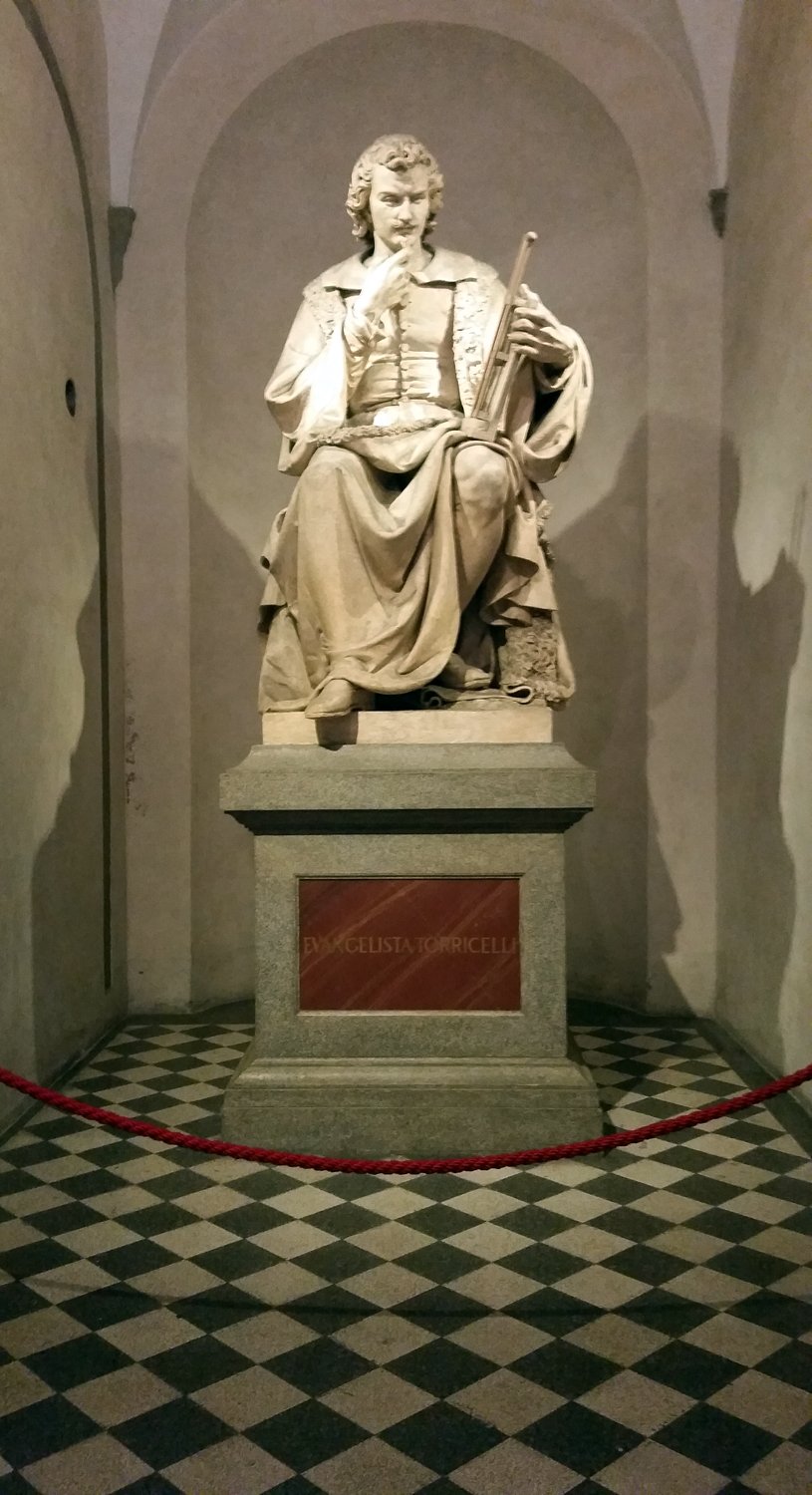
Sculpture of Italian mathematician and physicist Evangelista Torricelli (1608-1647). Torricelli, a student of Galileo, is best remembered today for his work in optics and invention of the barometer.

Death's-head hawkmoth (Acherontia atropos)
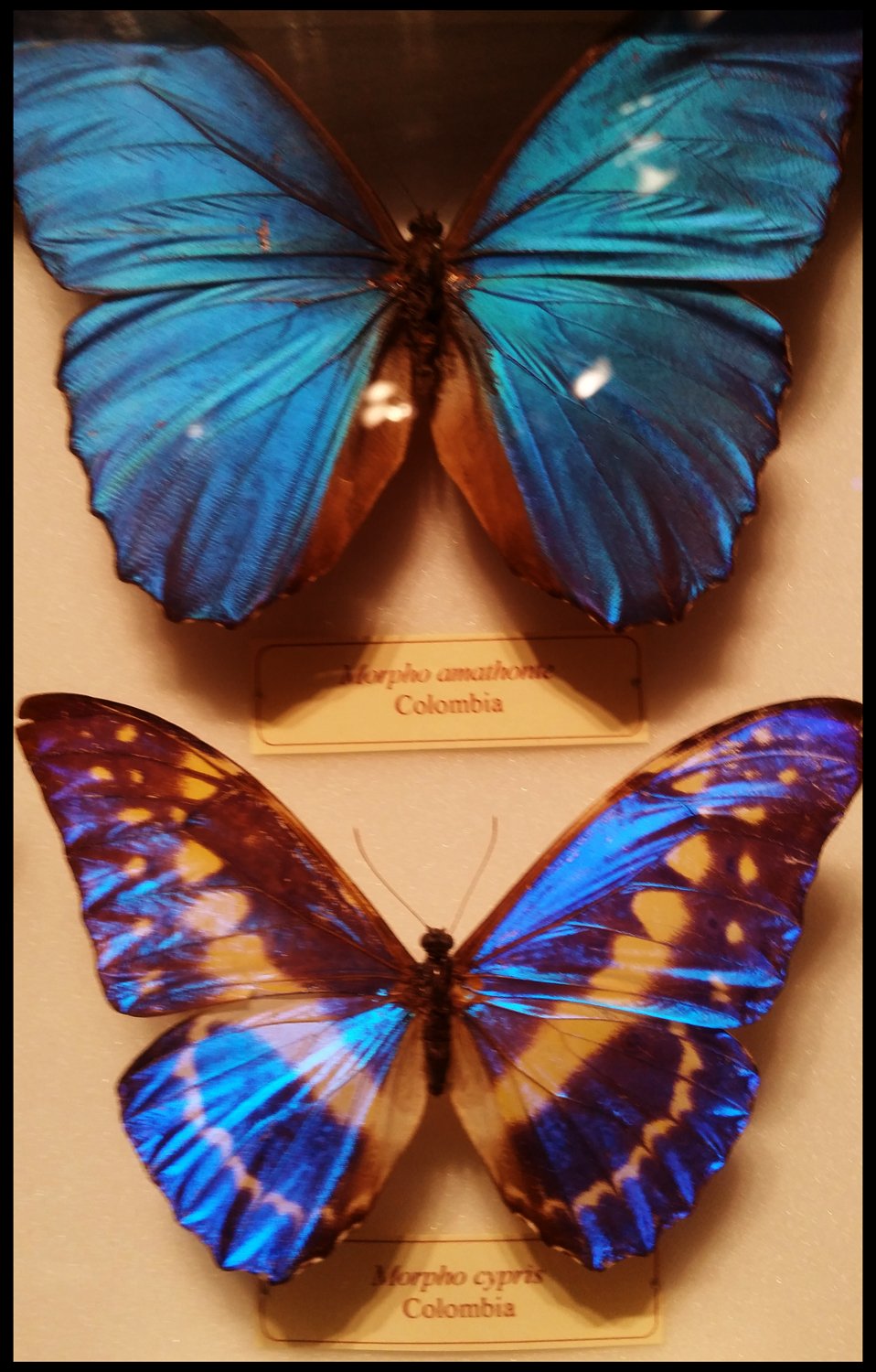
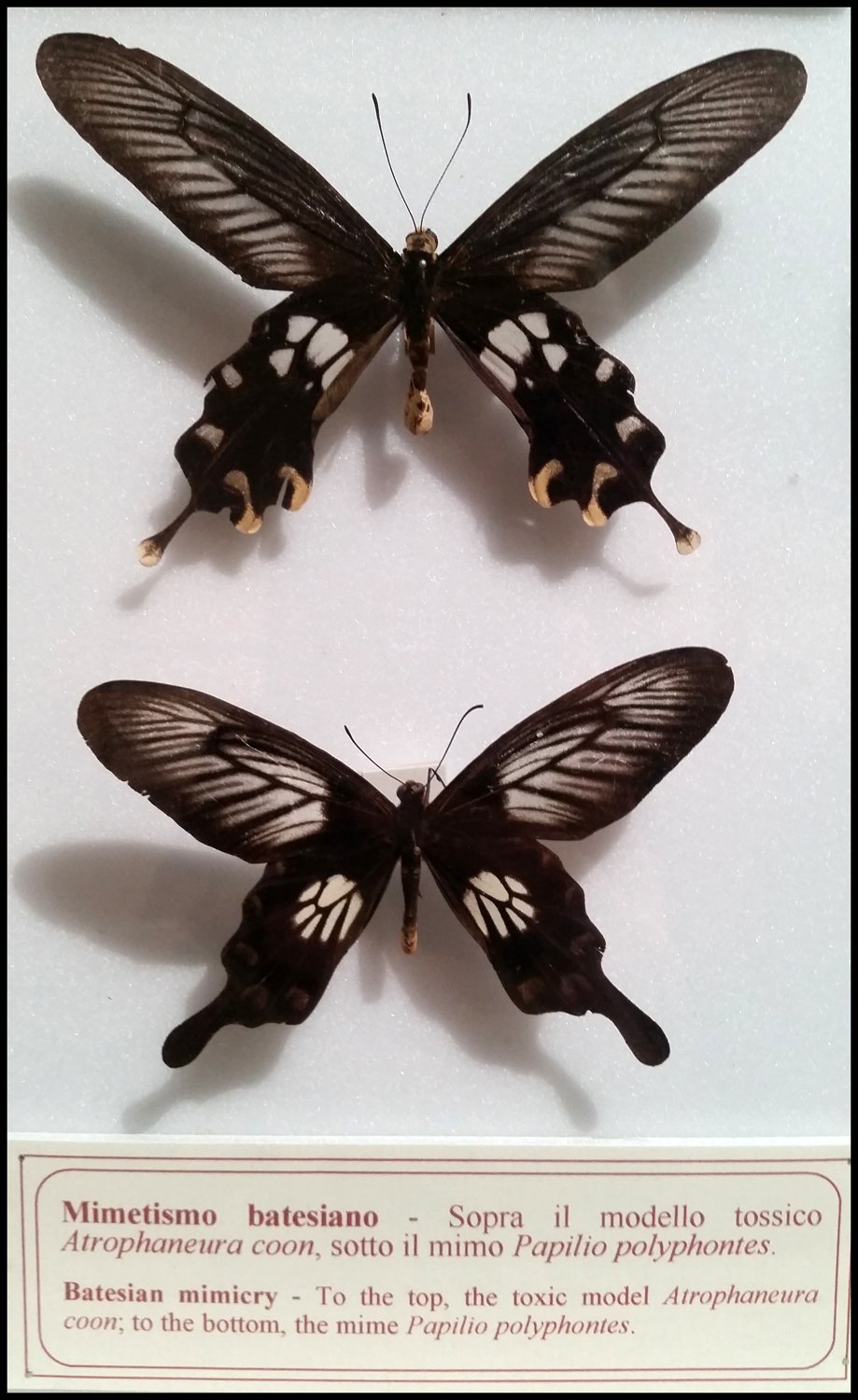
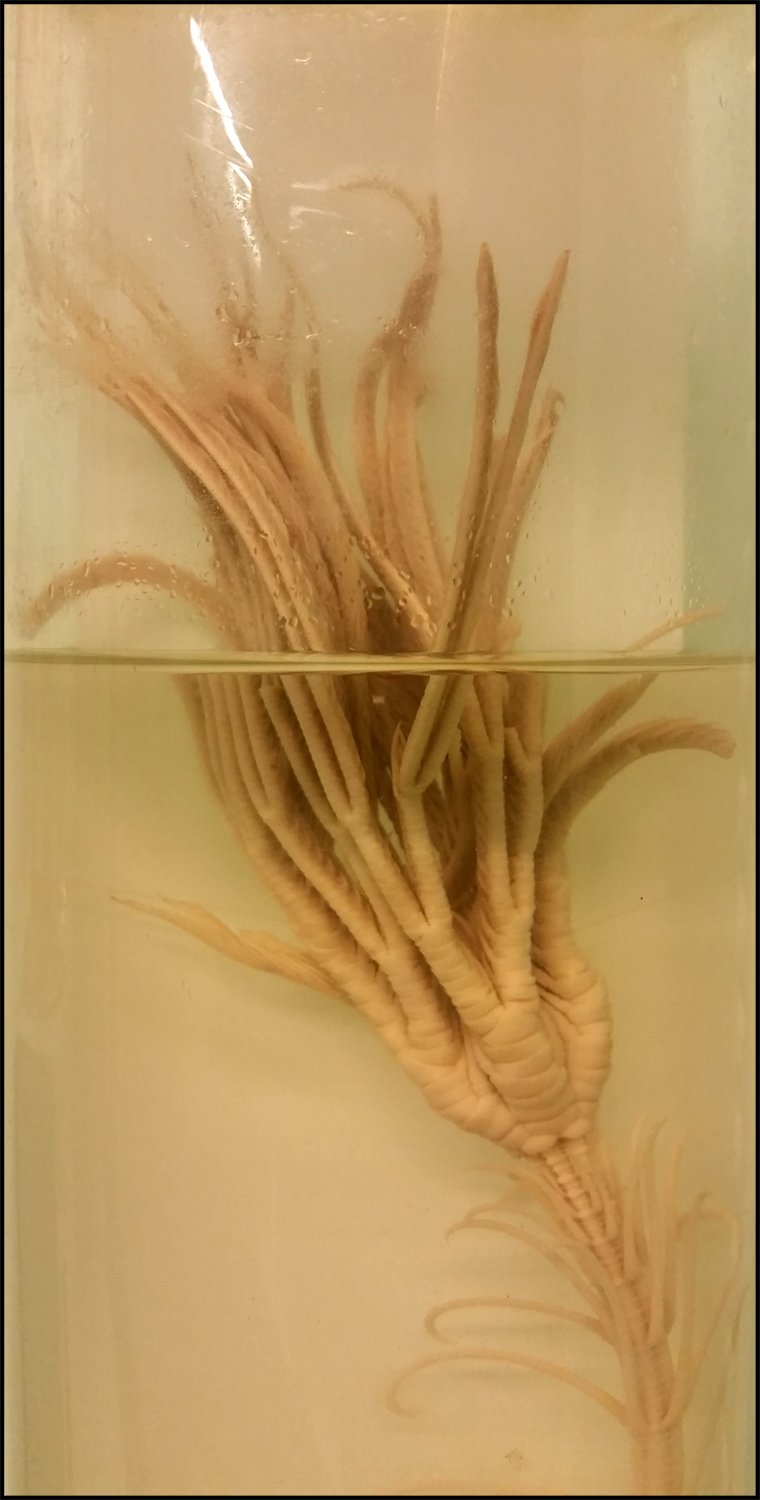

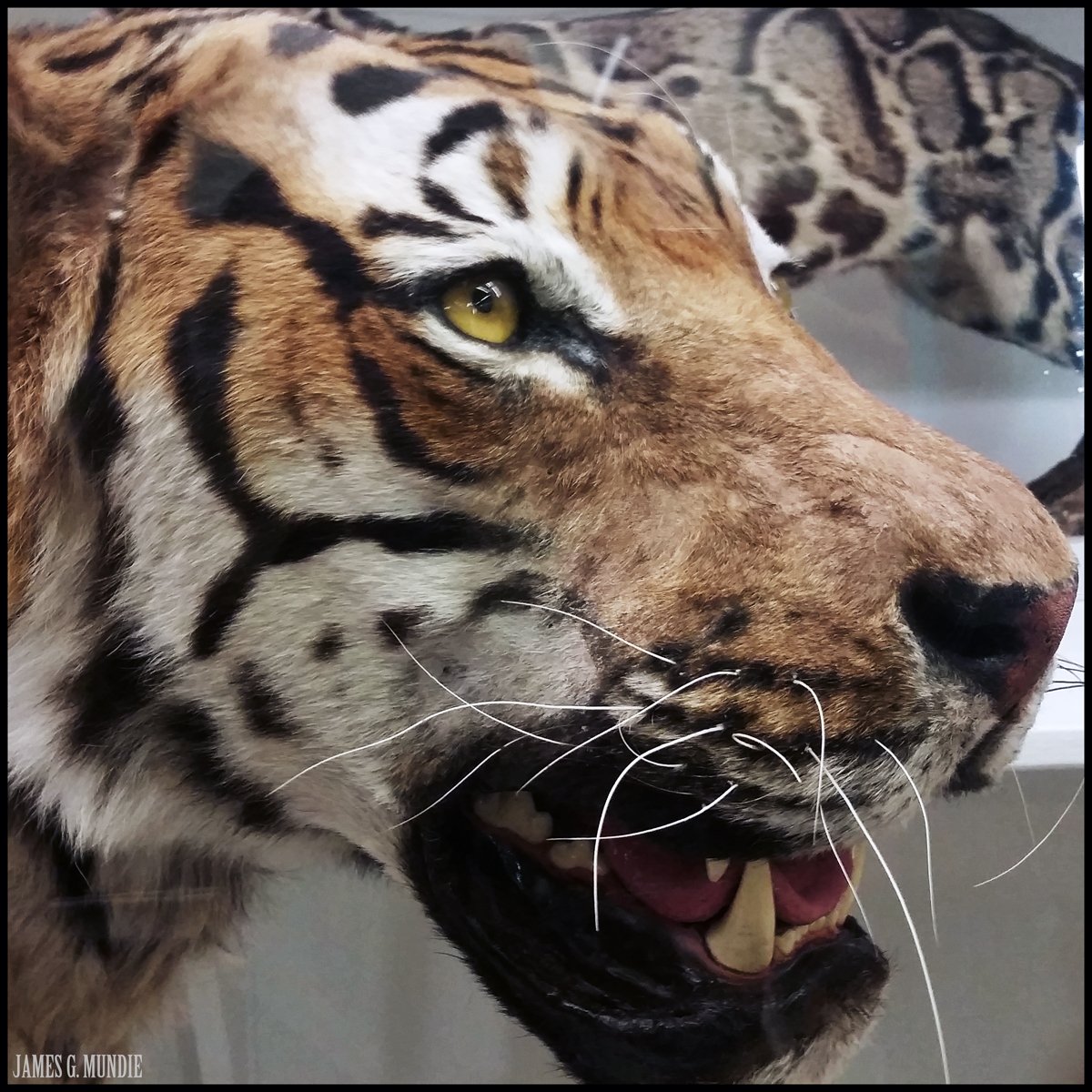
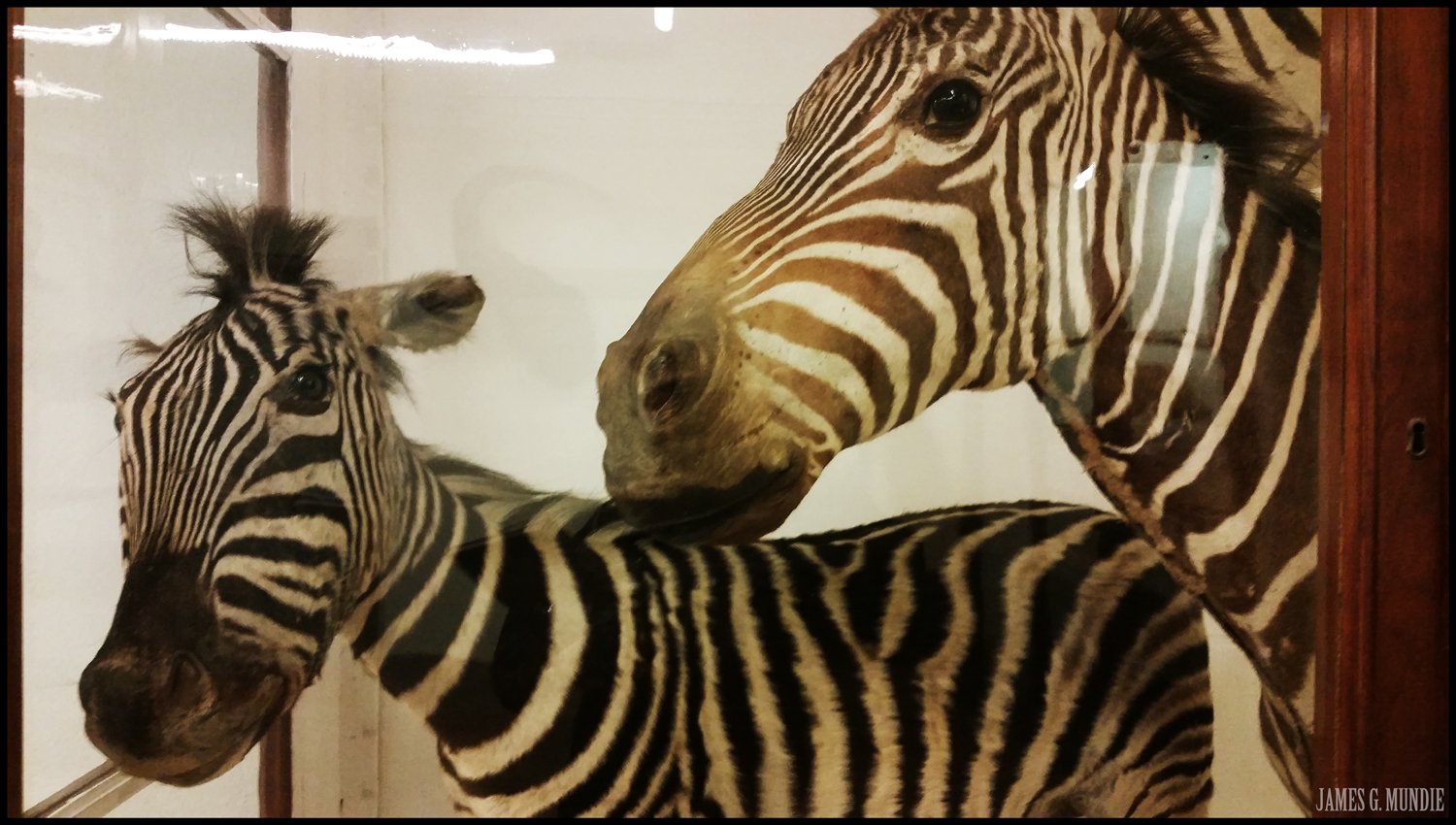

Awkward 17th-century hippo mount inexpertly preserved by taxidermists who had apparently never observed the hippo while it lived. A century later, the ceroplastics workshop attempted to correct the presentation with more realistic wax modeling over the original. A 2012 restoration preserved features of both.


Volpe Volante Indiana
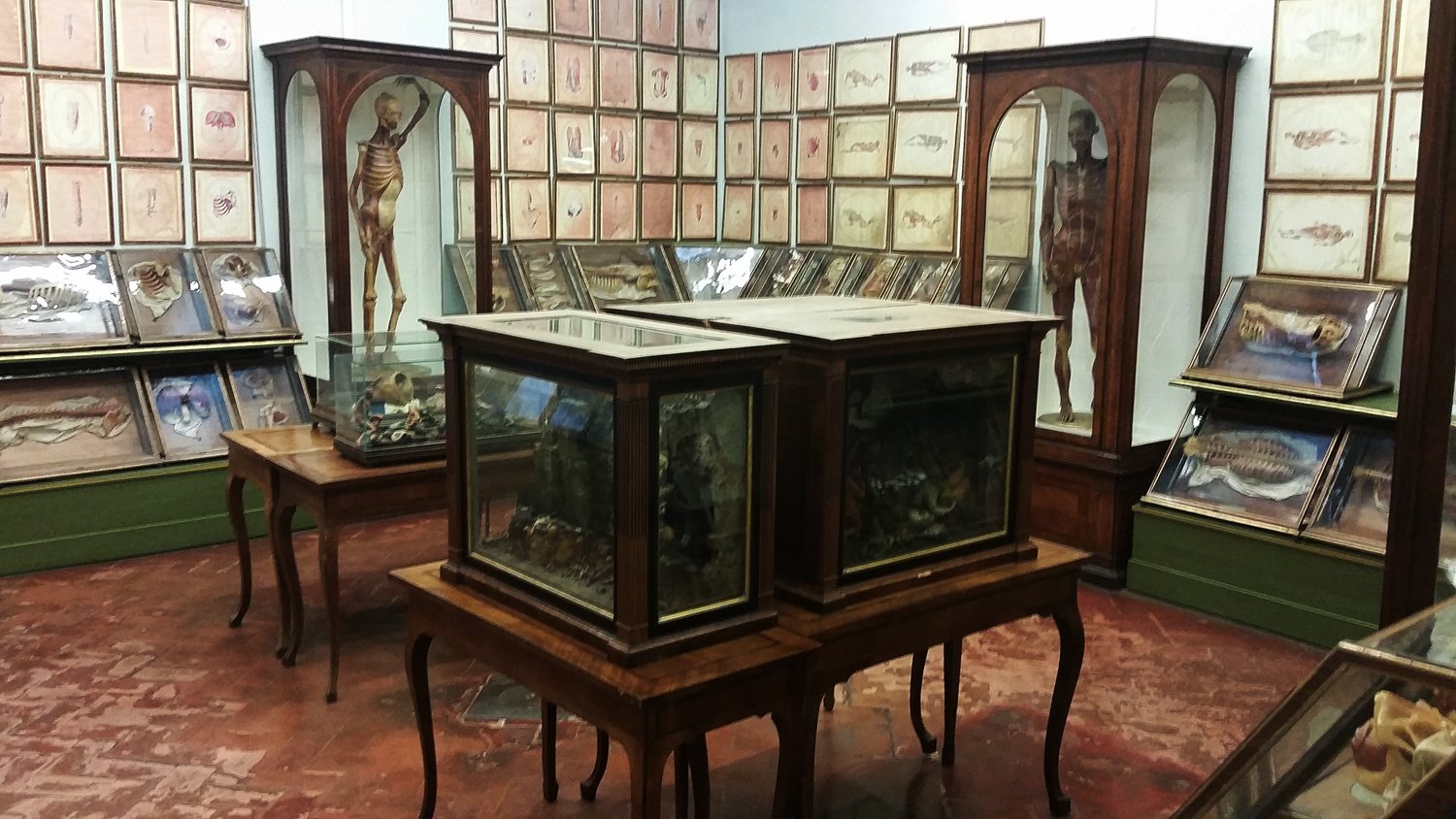
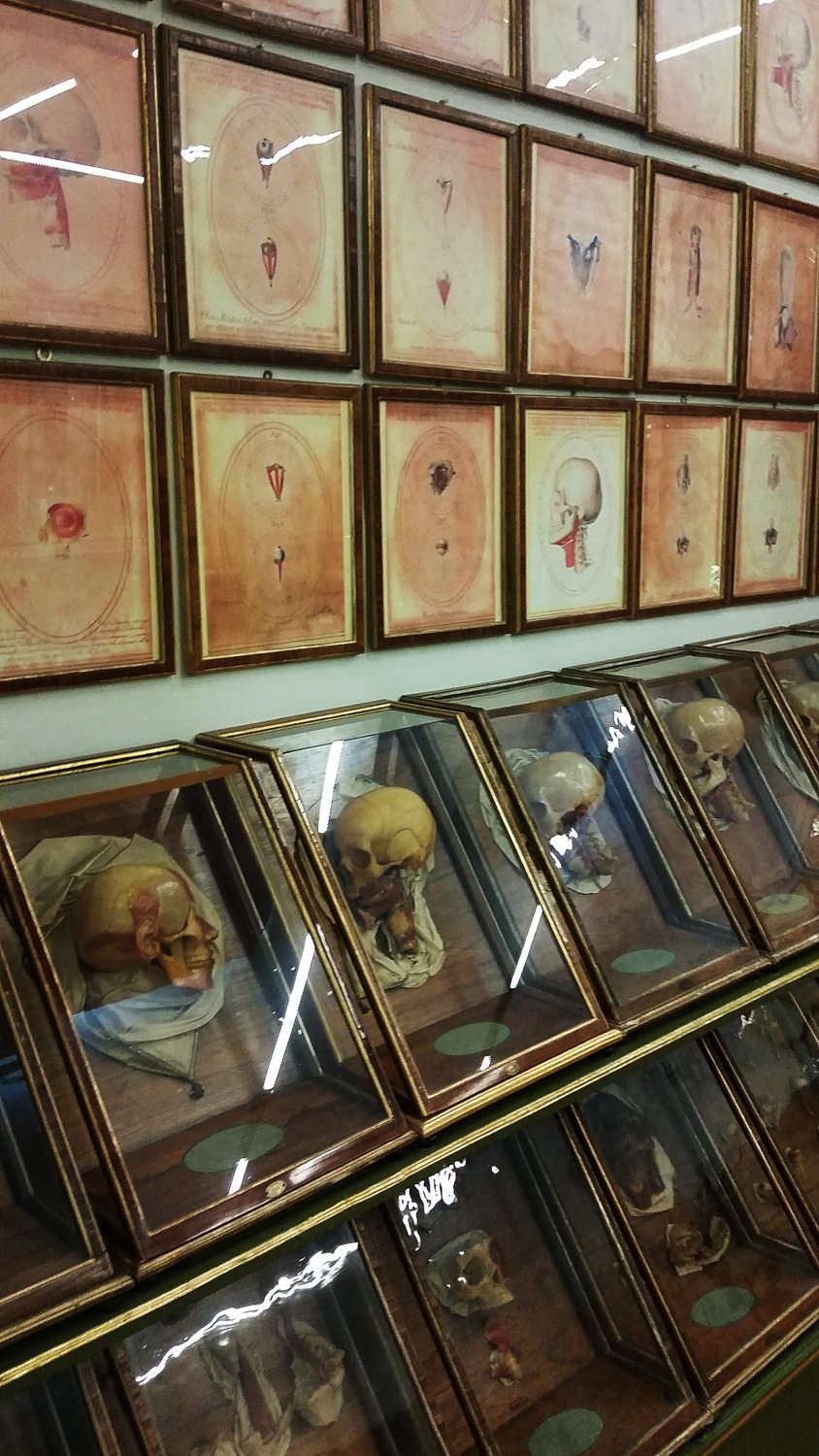



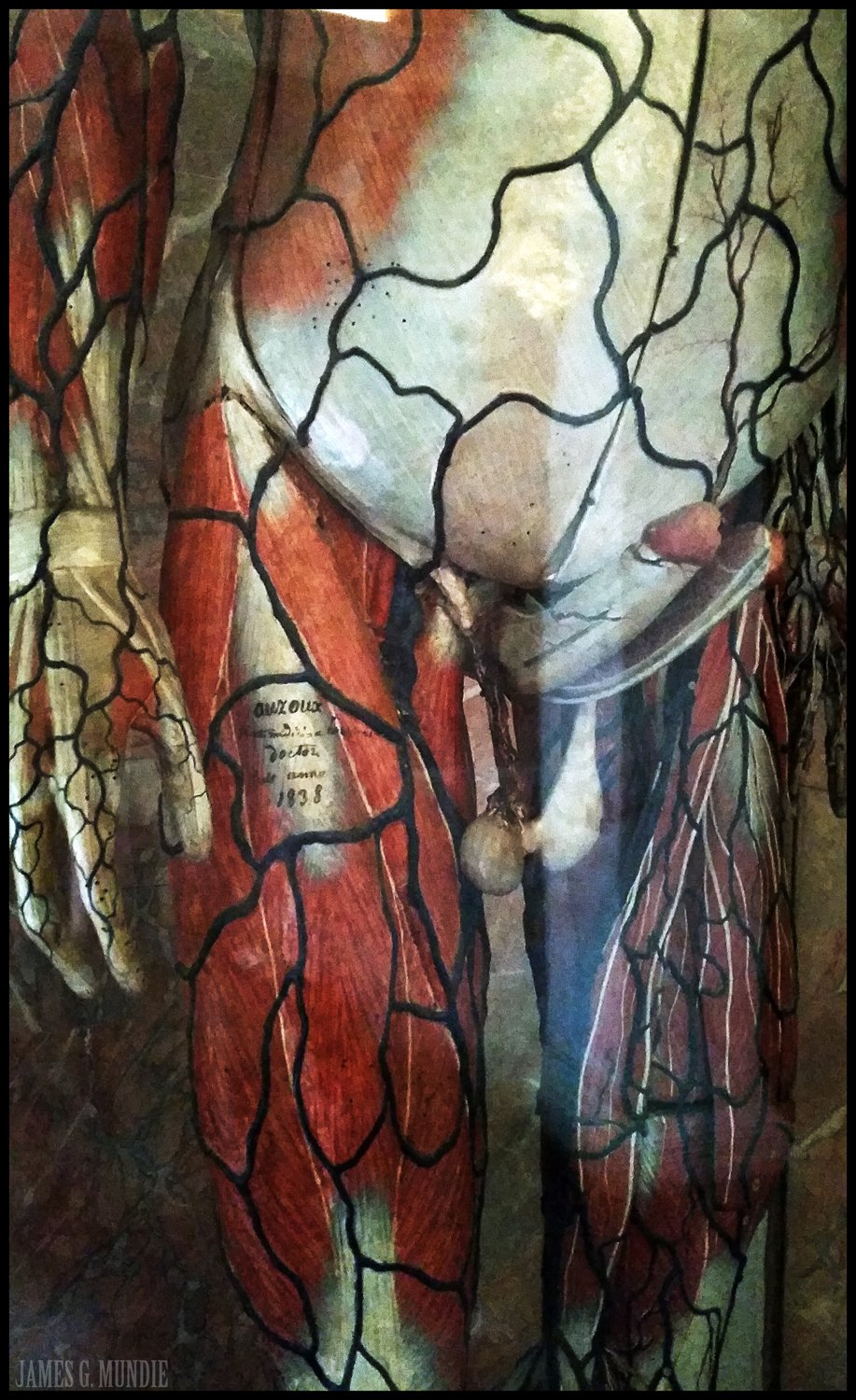
Frisky écorché: 1838 anatomical model by Louis Thomas Jérôme Auzoux

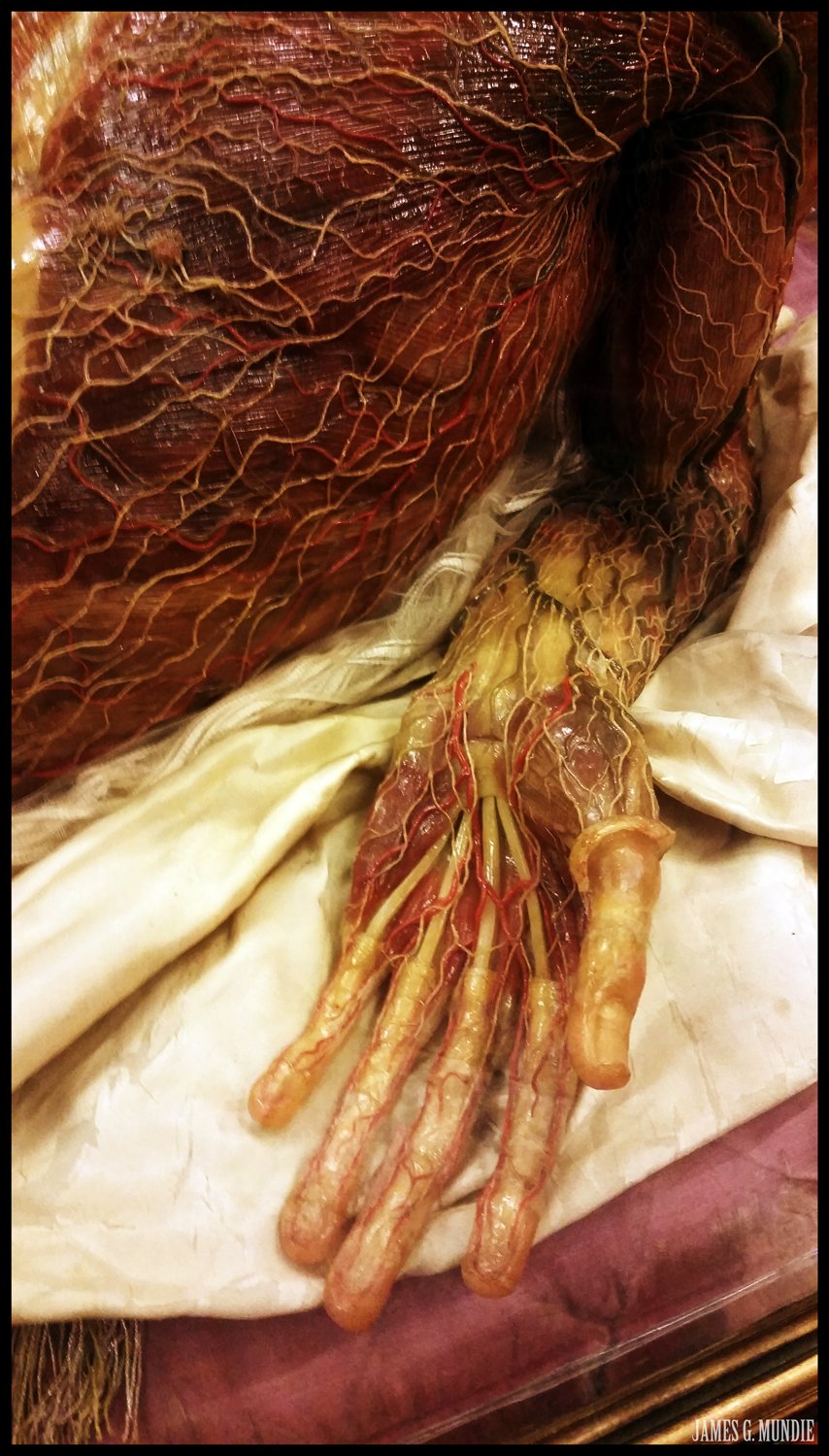
Detail of anatomical wax "Lo Spellato" by Clemente Susini
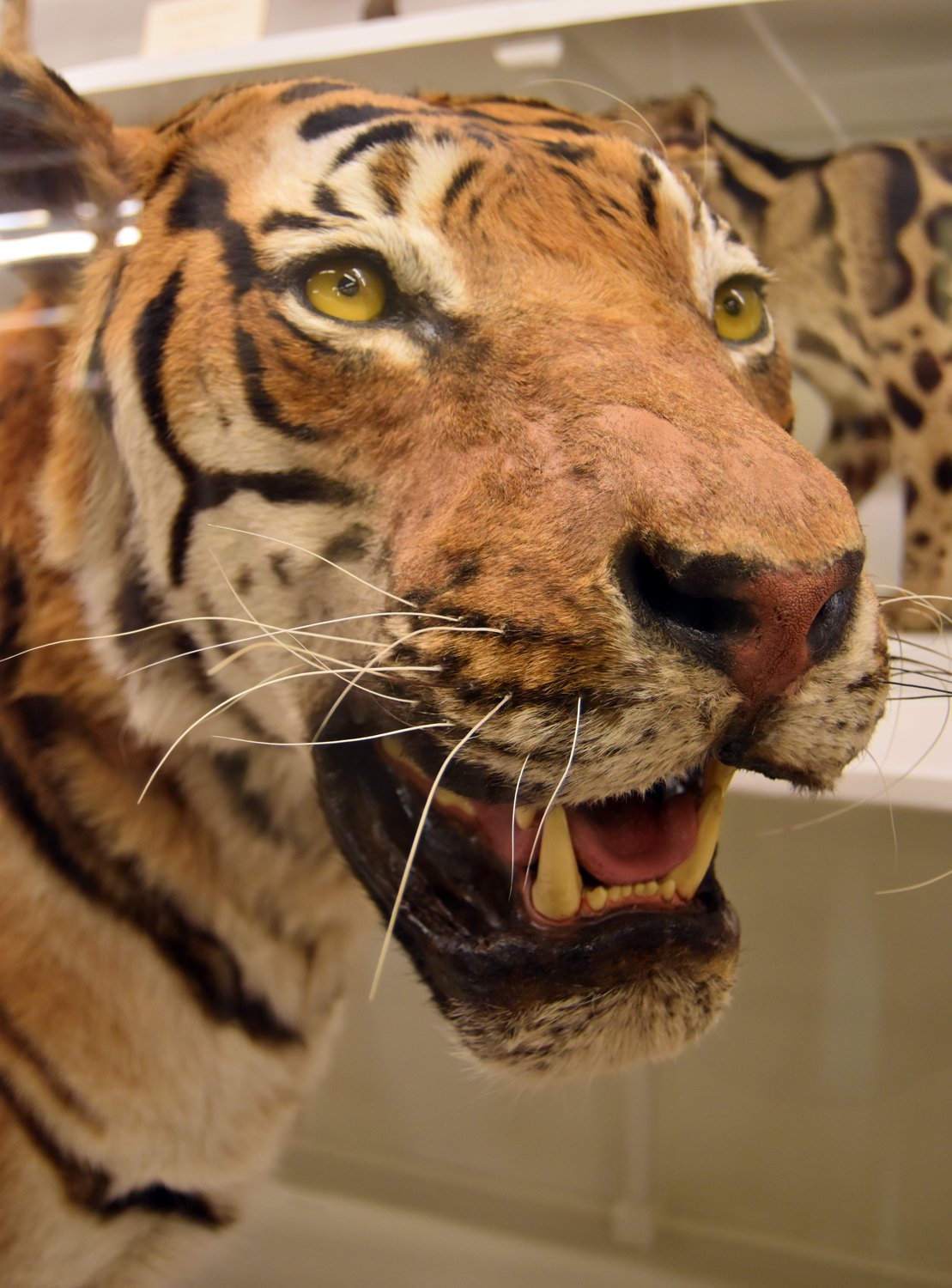



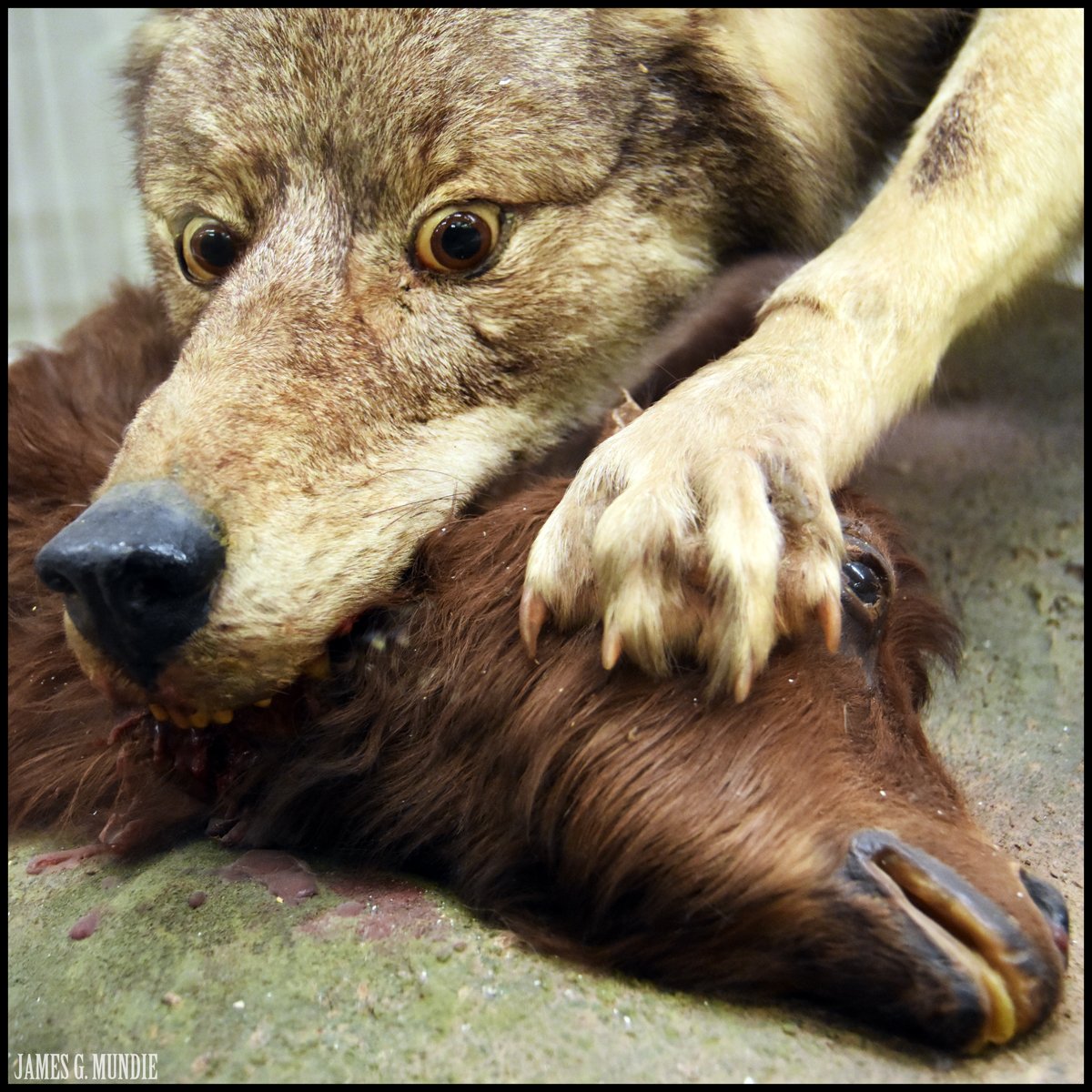
Crazy eyes

Polar bear


Startled walrus

Angsty rodent

Saber-toothed deer

Pithecia pithecia
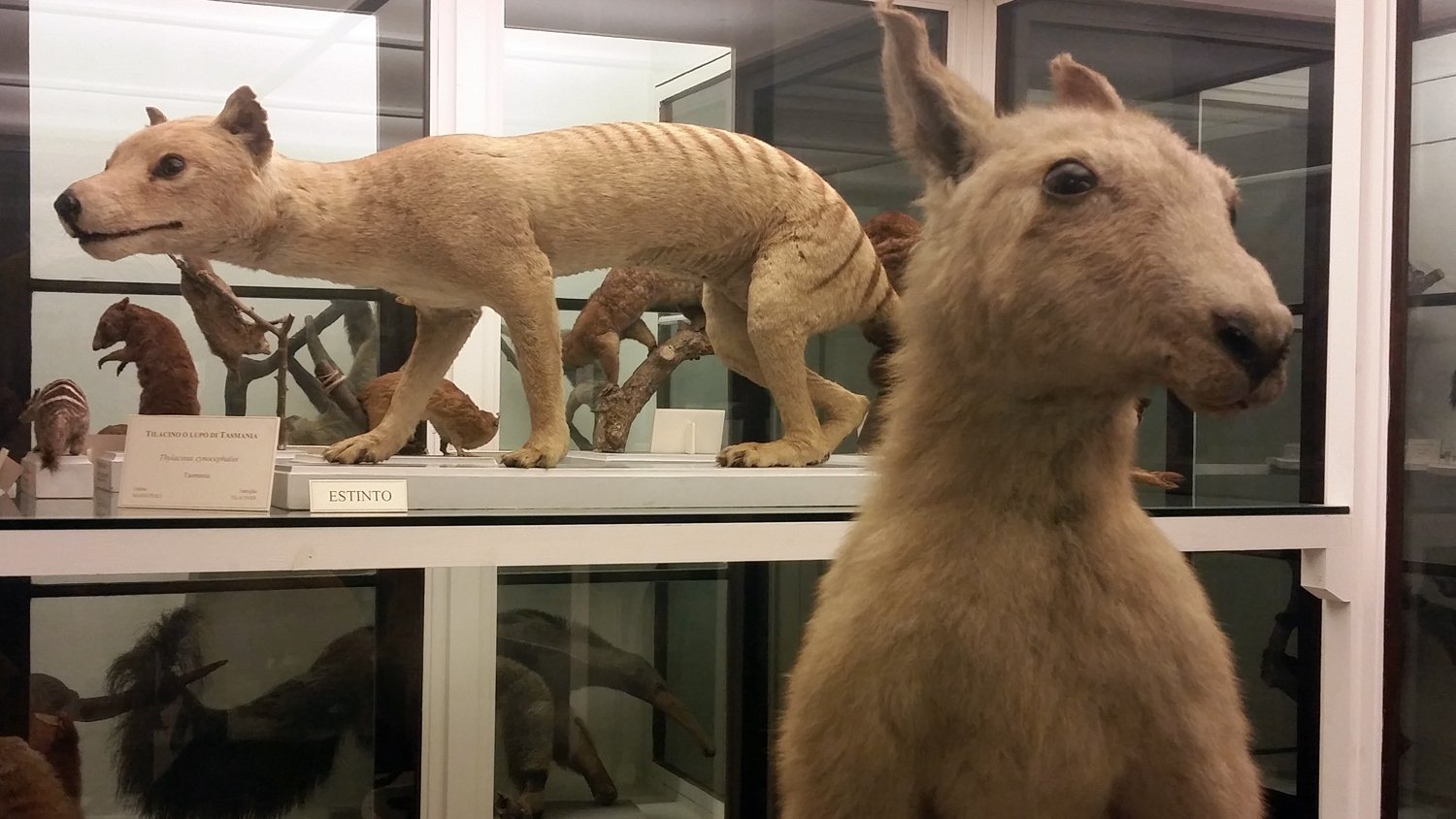
Thylacinus cynocephalus

Tasmanian tiger (Thylacinus cynocephalus)

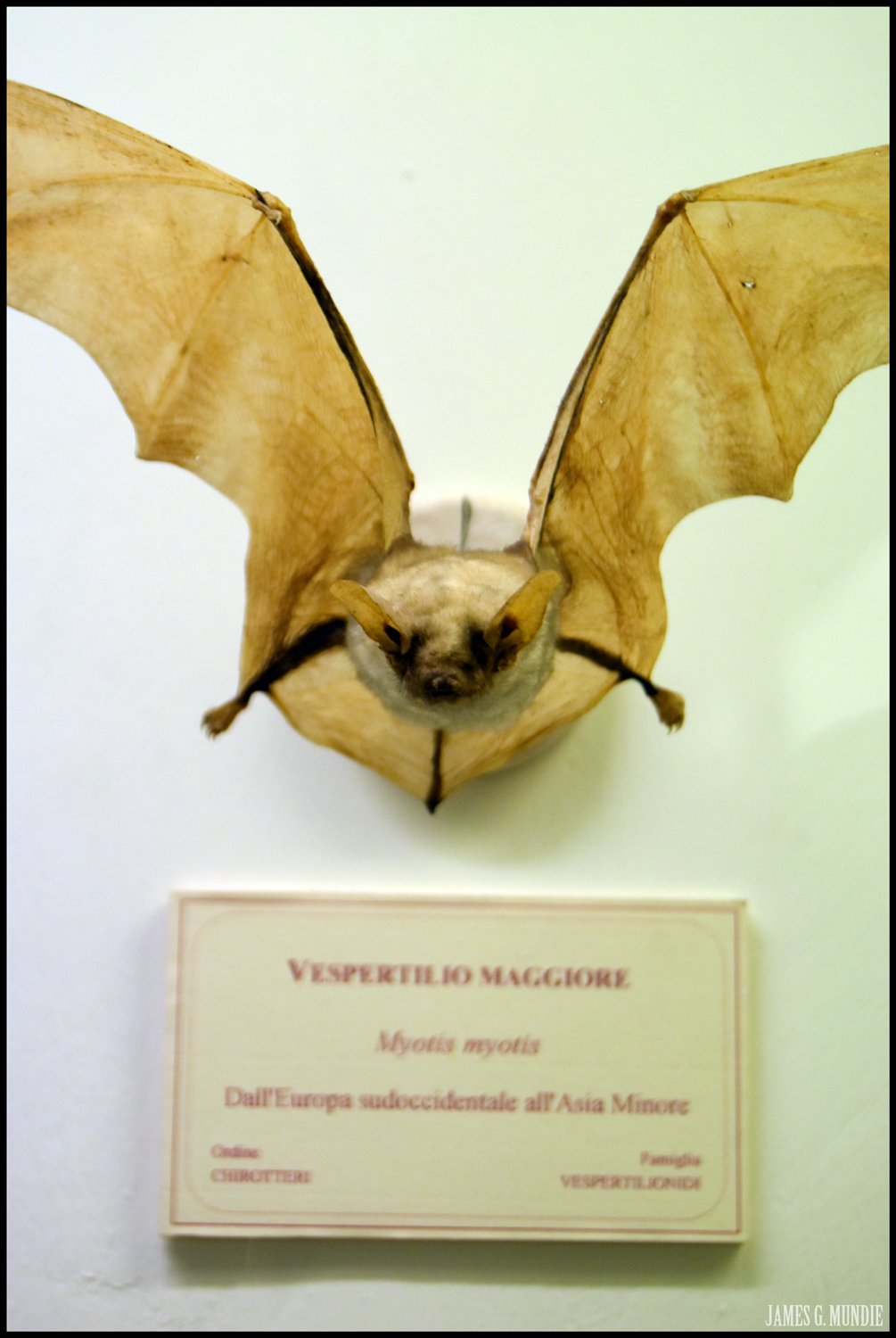
Vespertilio Maggiore

Hegdehogs

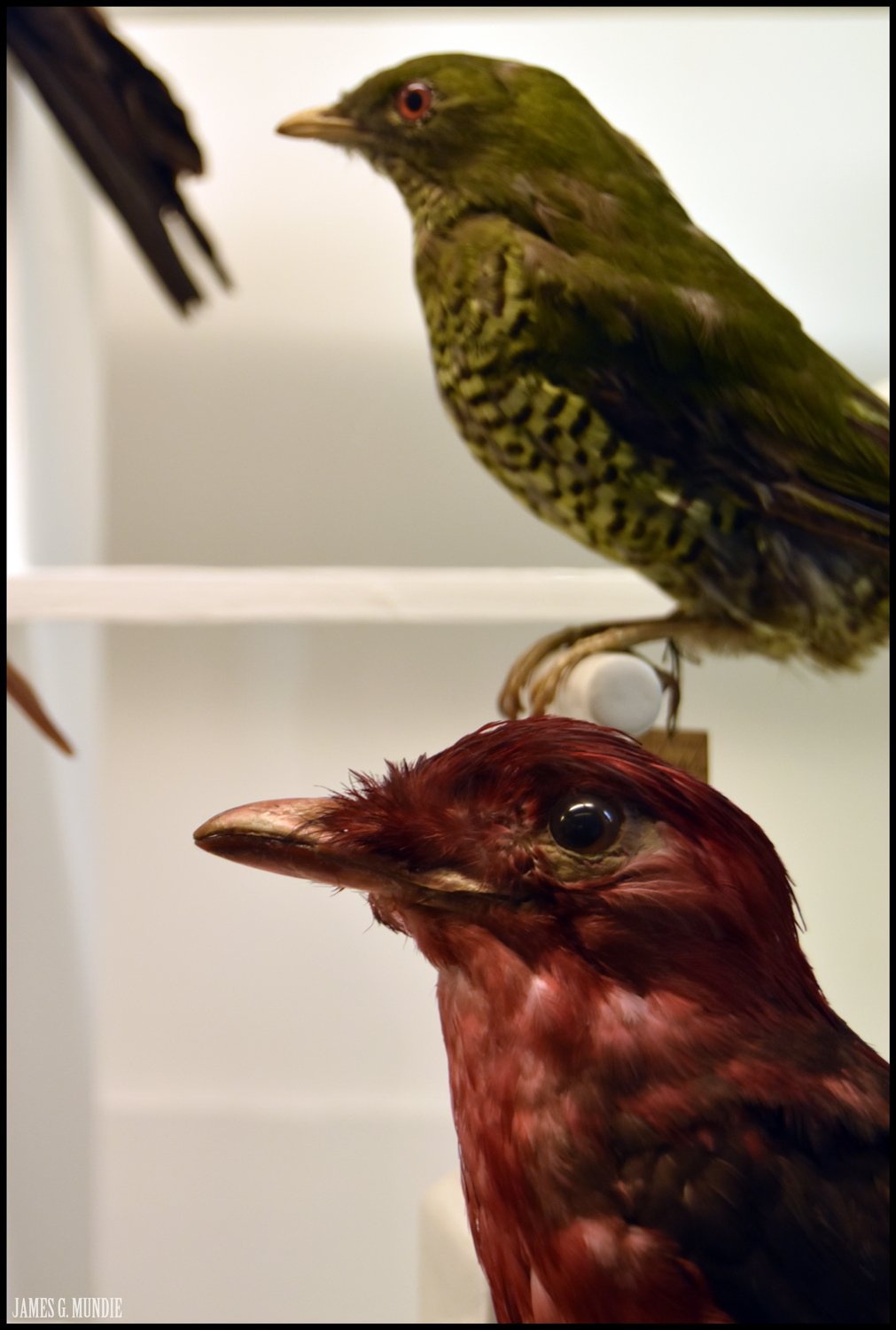


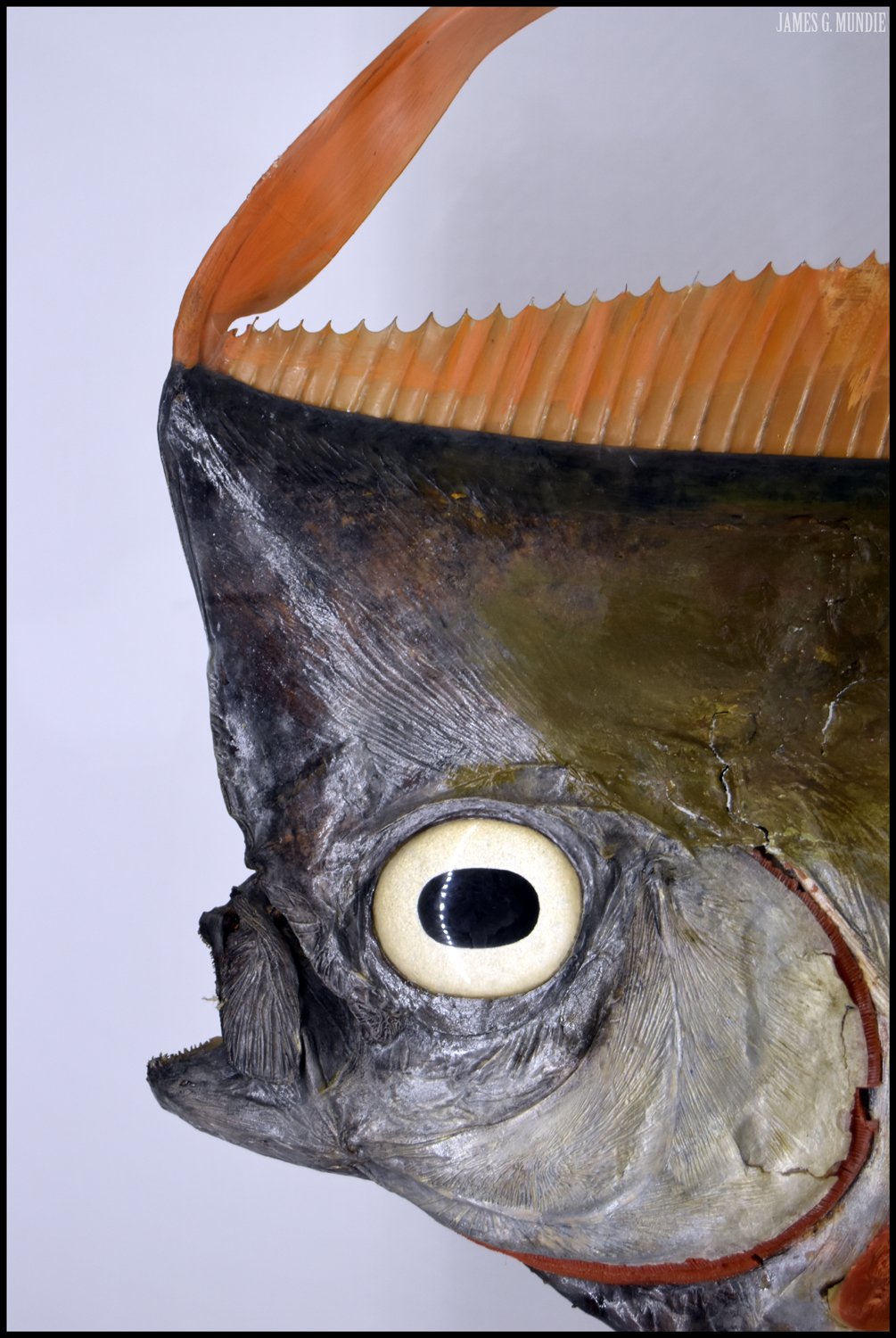
Oarfish
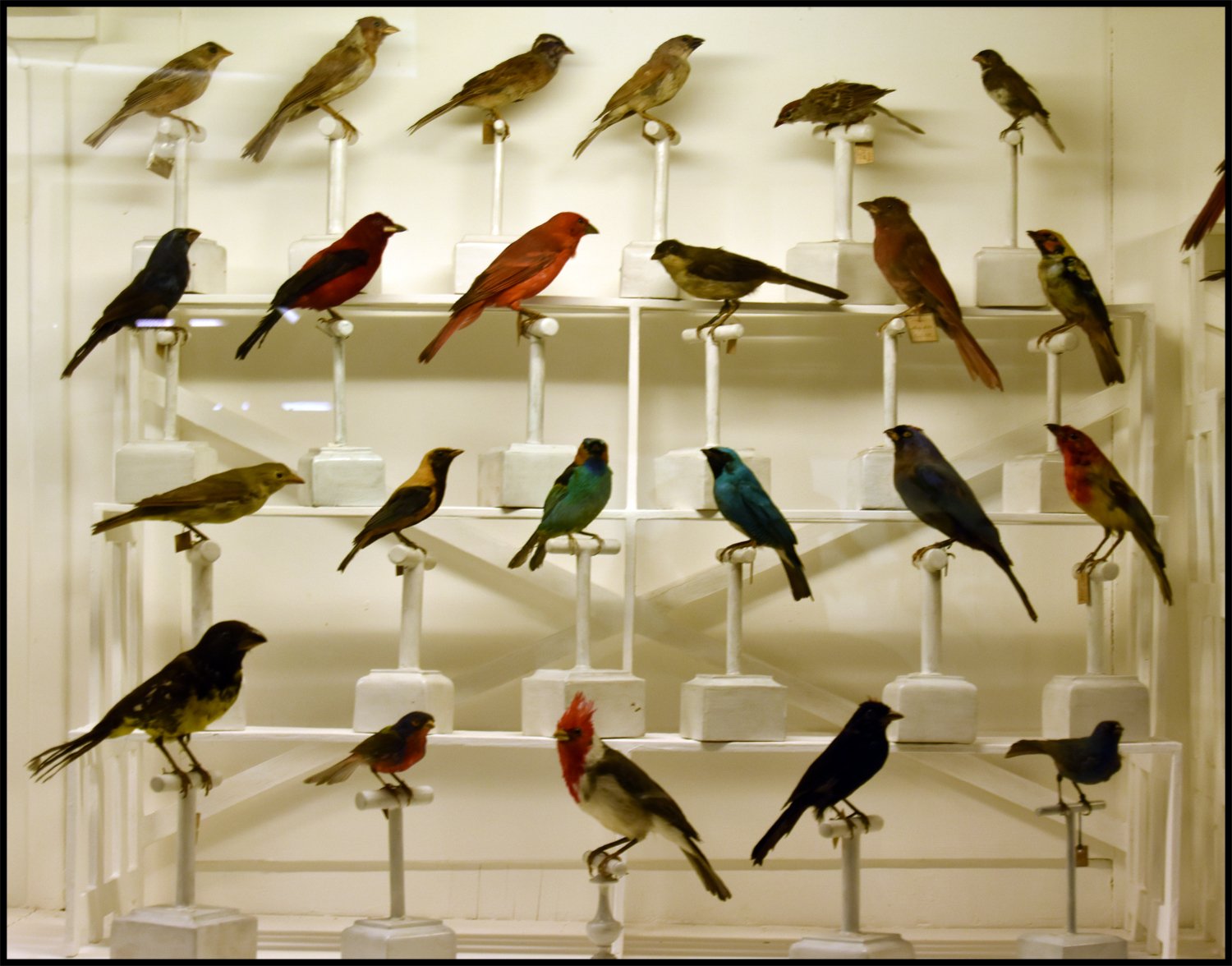
Twenty-three songbirds


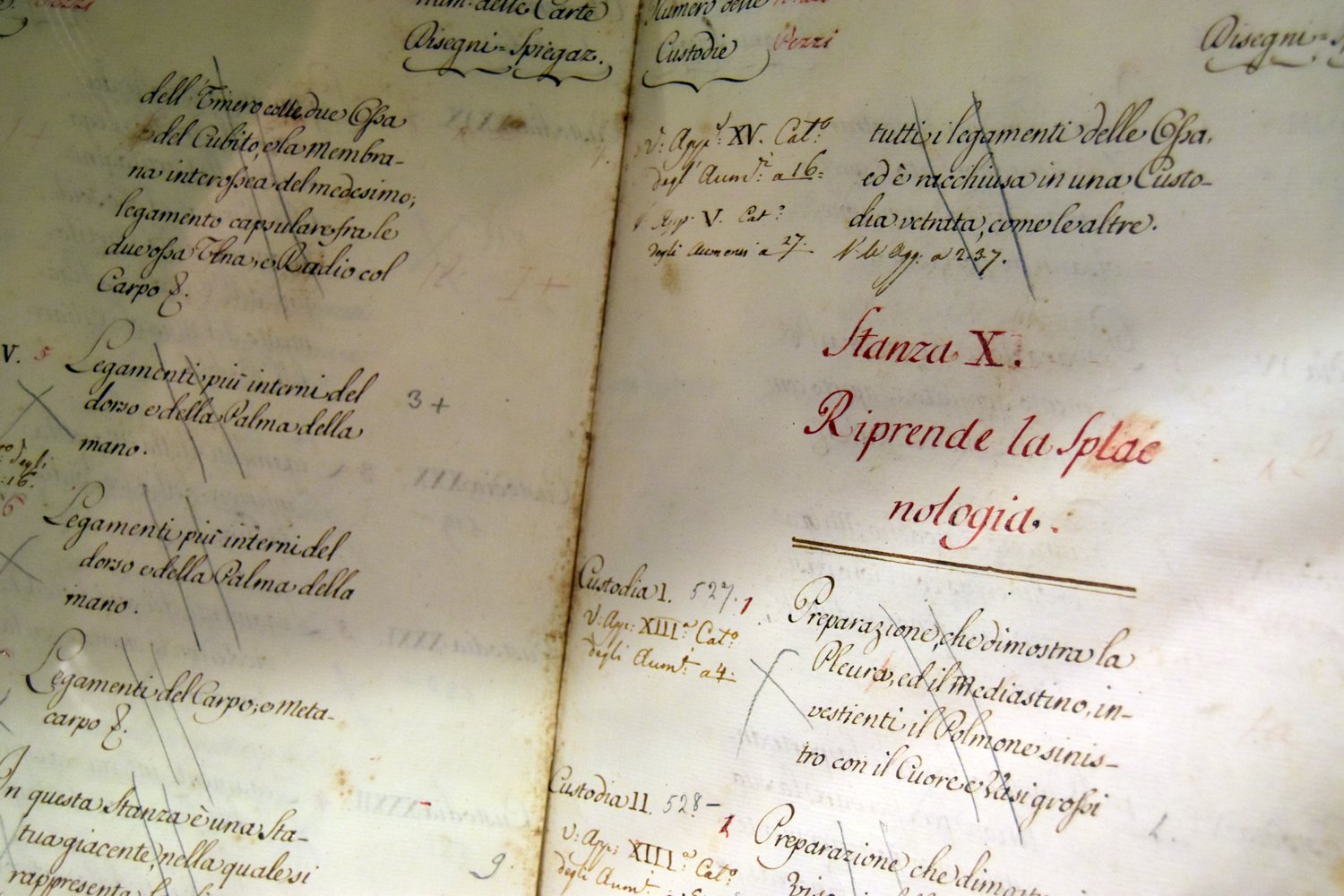
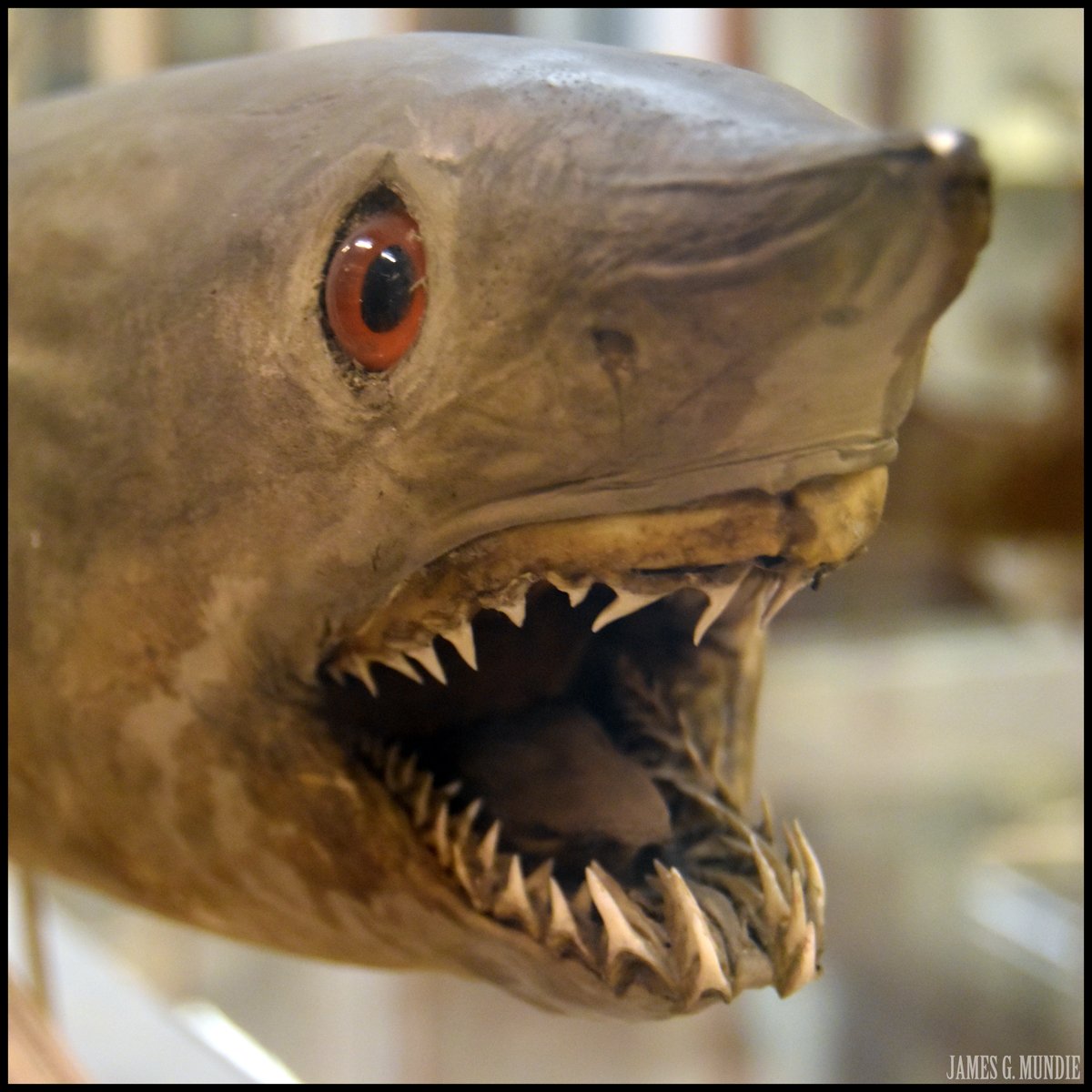

Wax giant

Bird cabinets
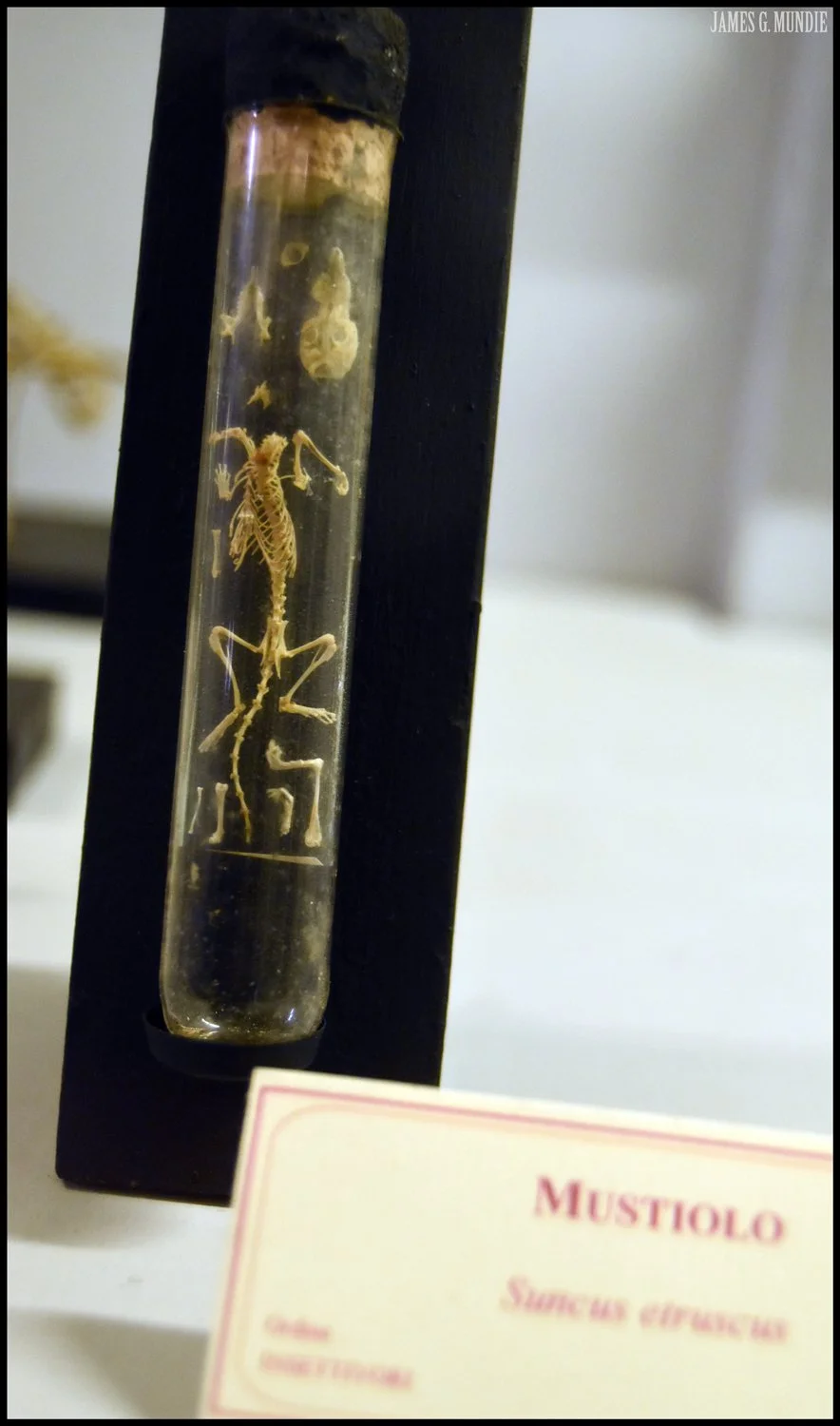
Skeleton of world's smallest mammal

Unicorn bird (White Bellbird)


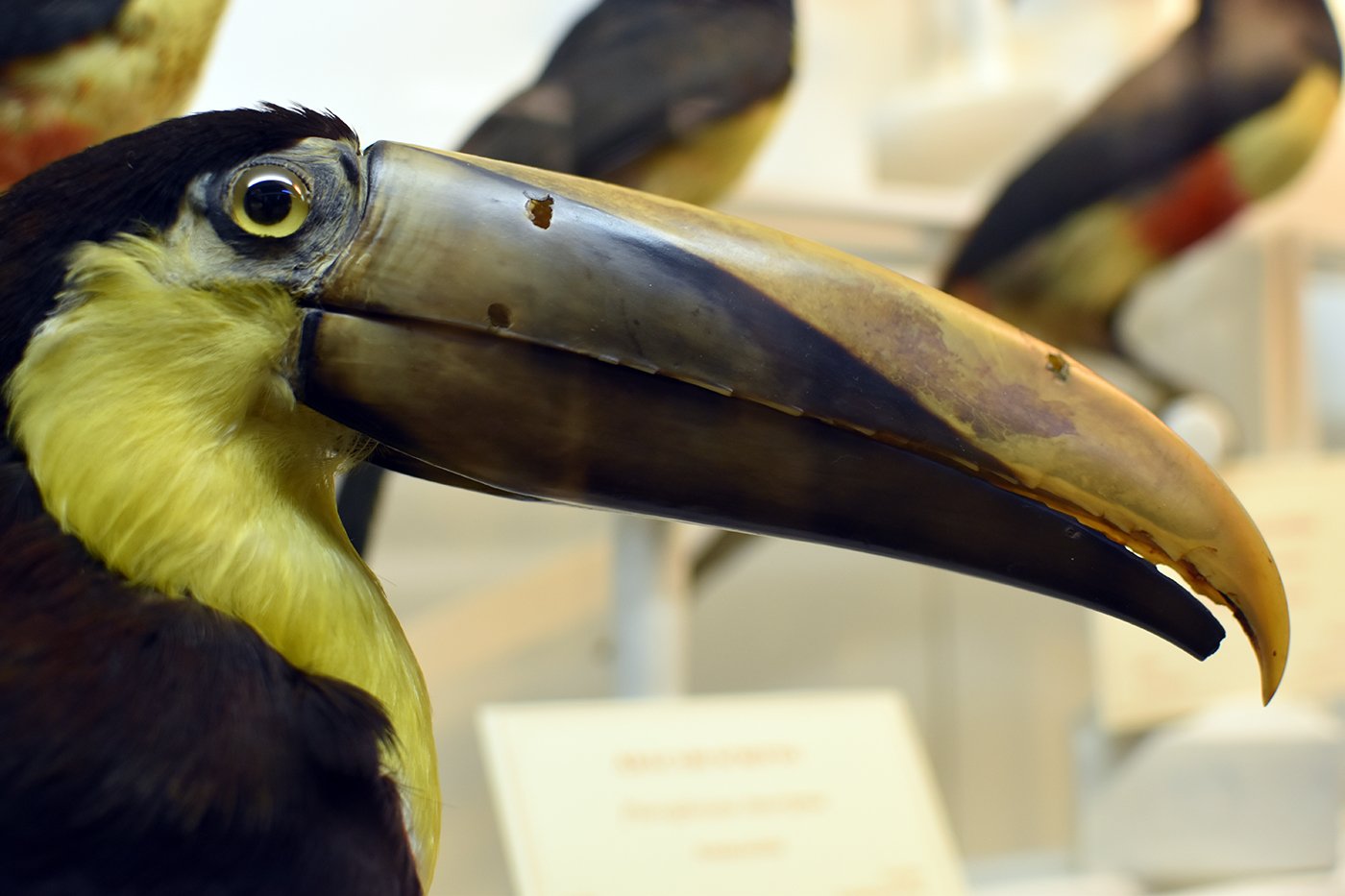
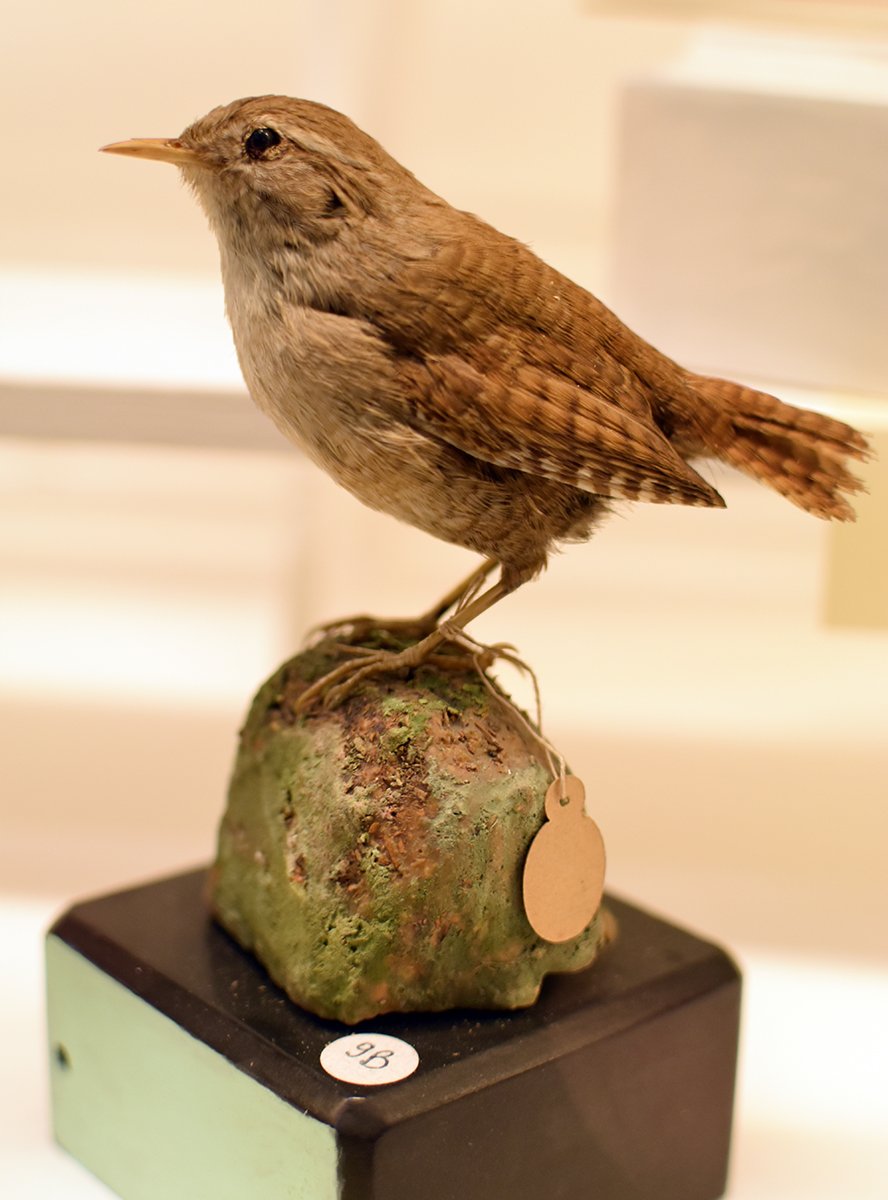

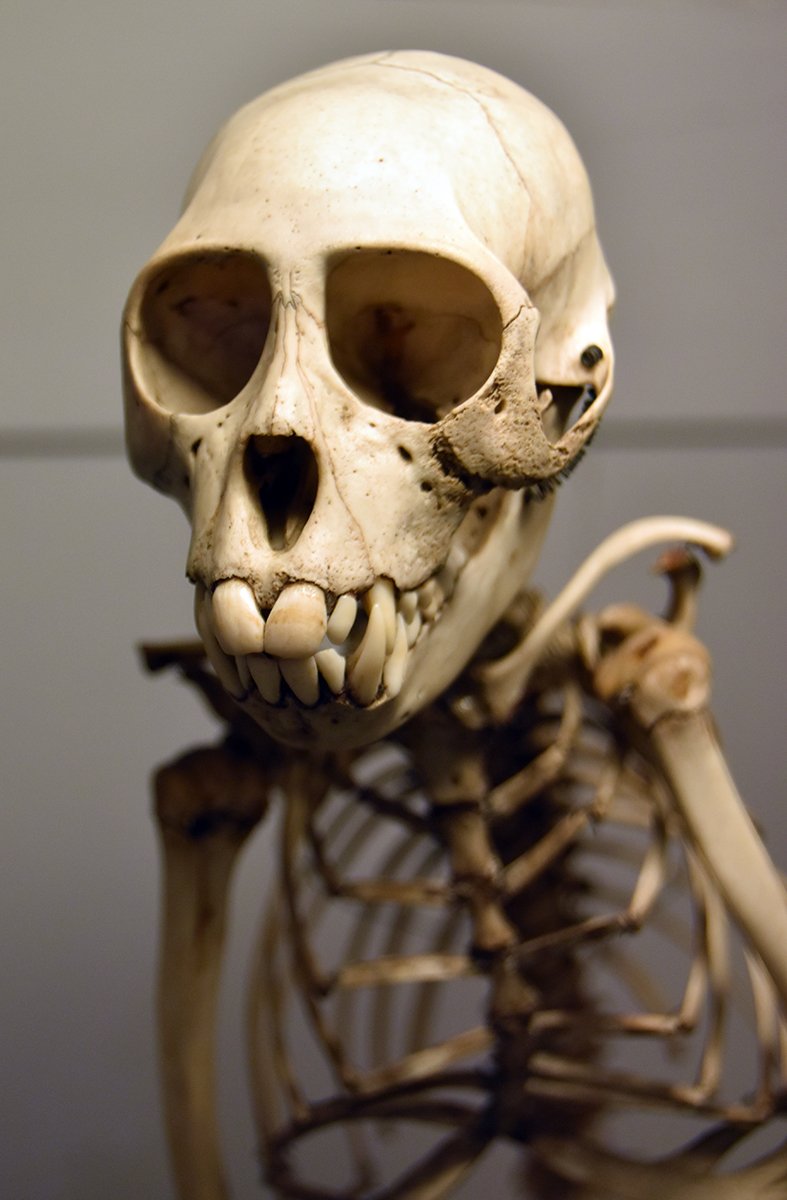
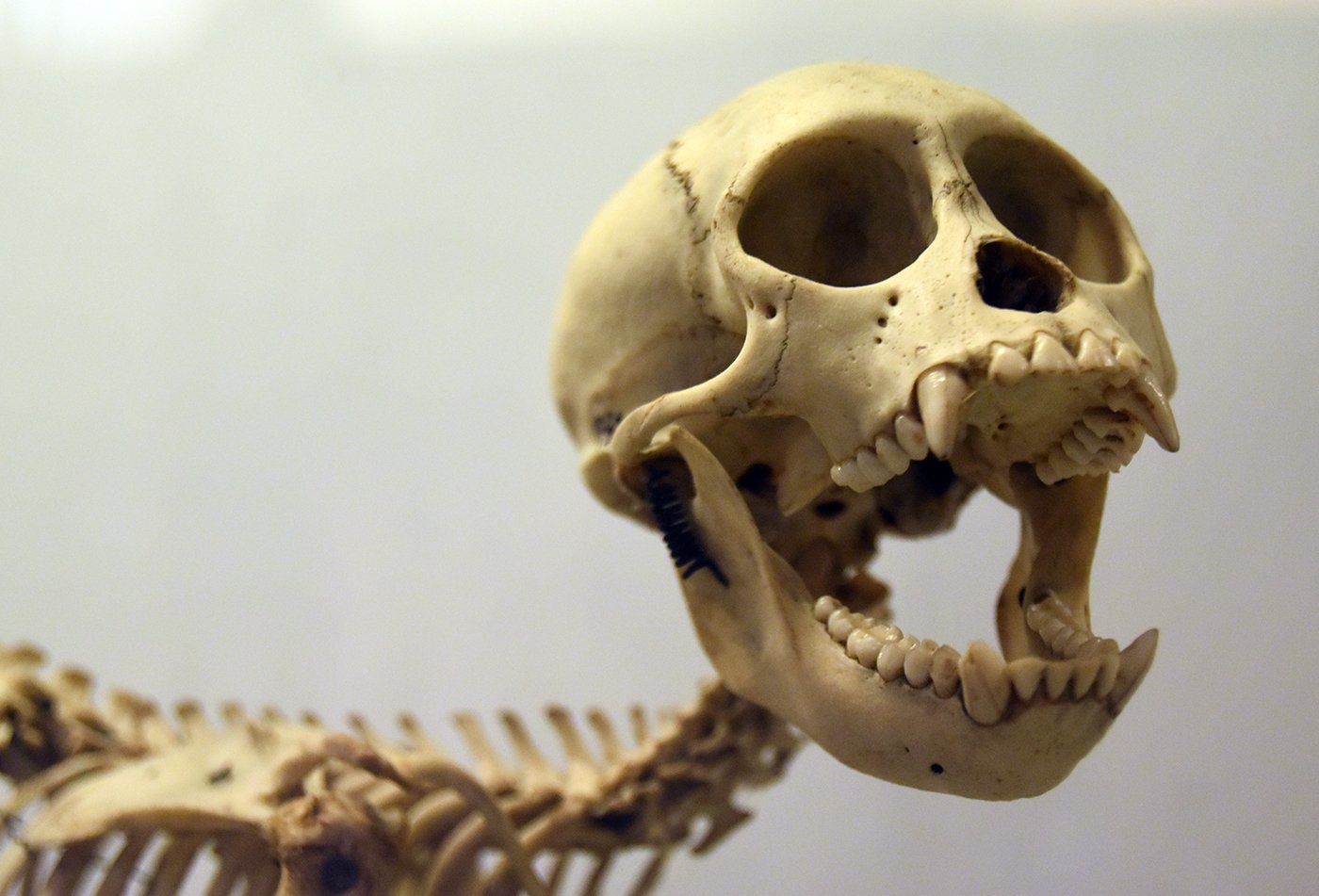
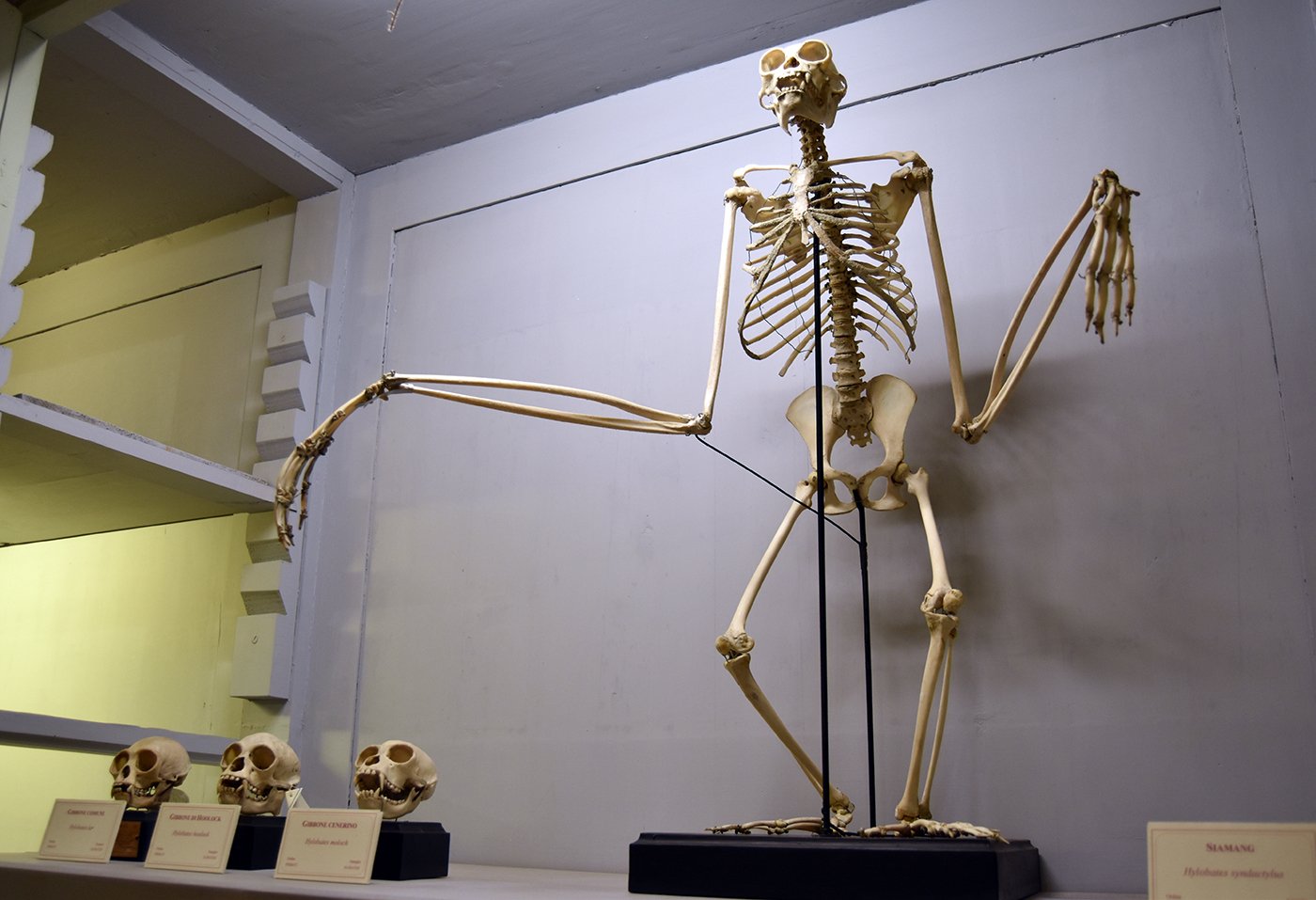

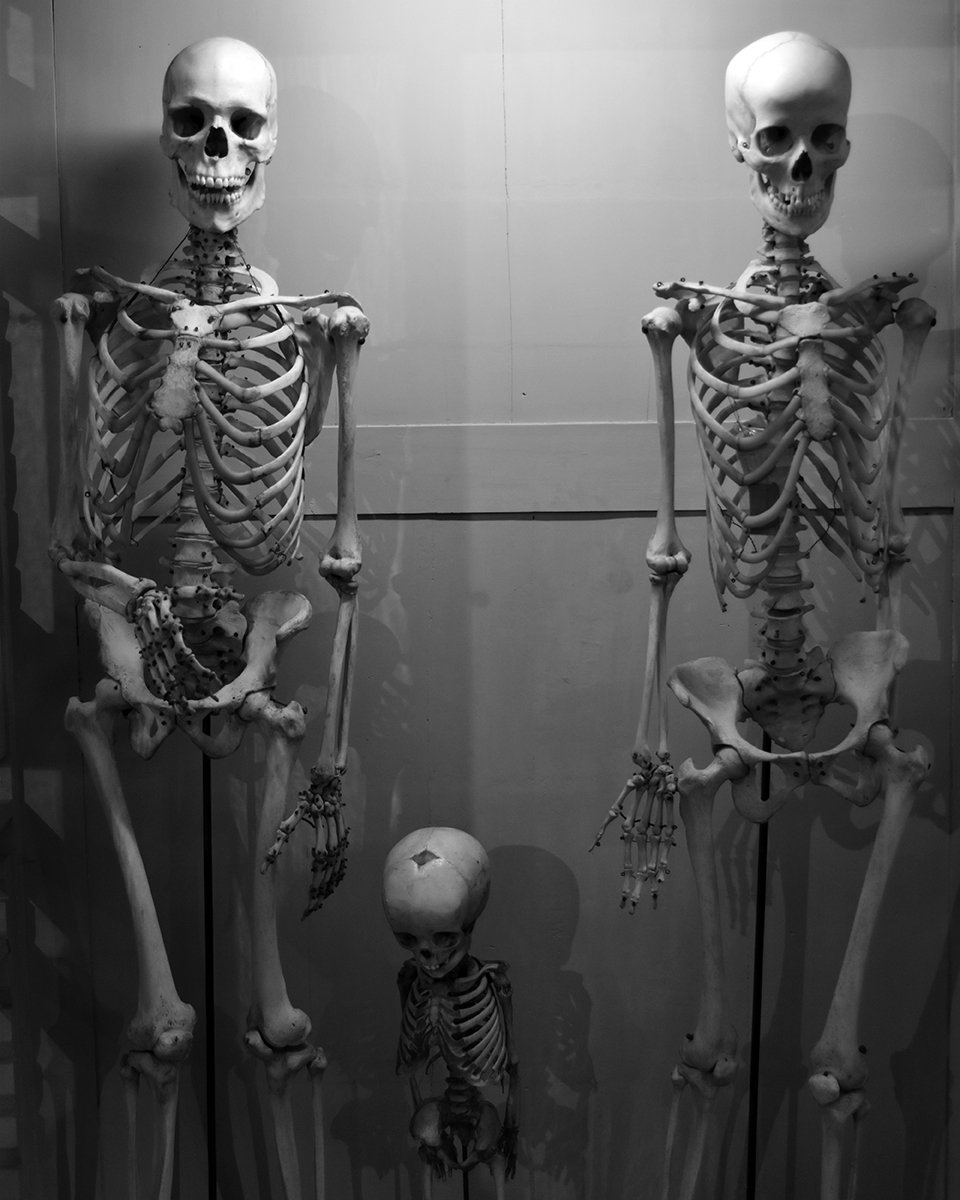


Seahorses: hippocampus trimaculatus (left) and hippocampus hippocampus (right)
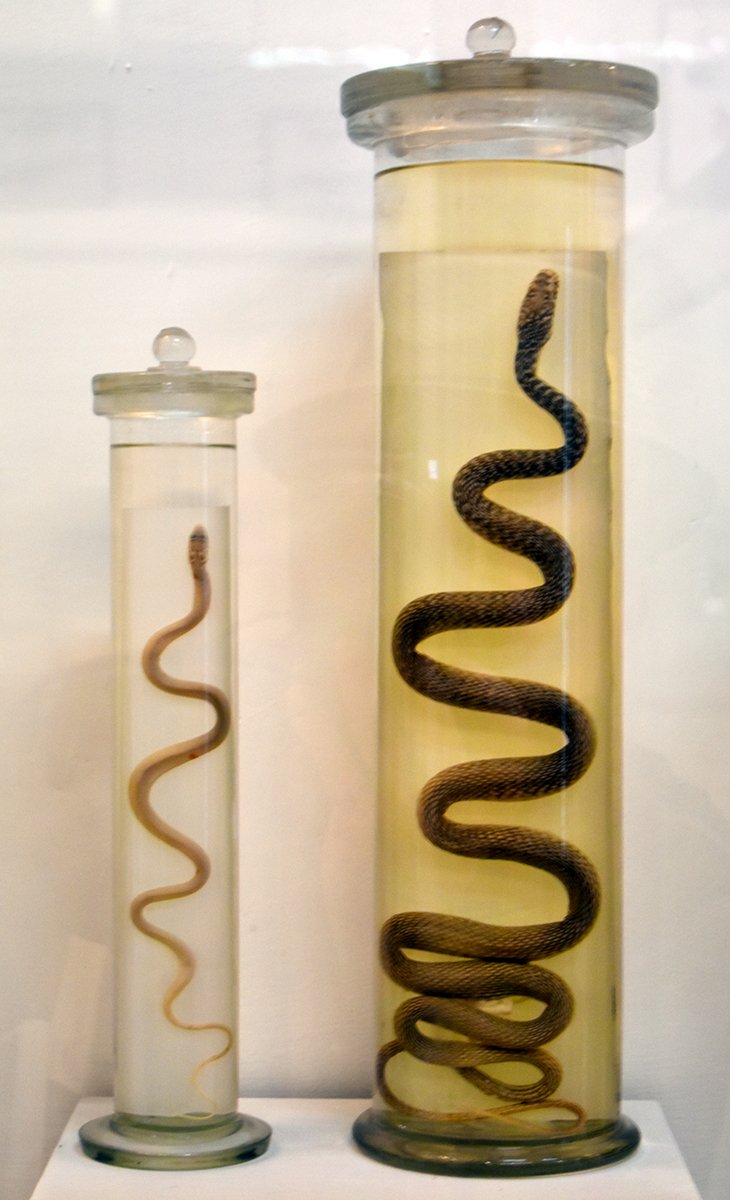
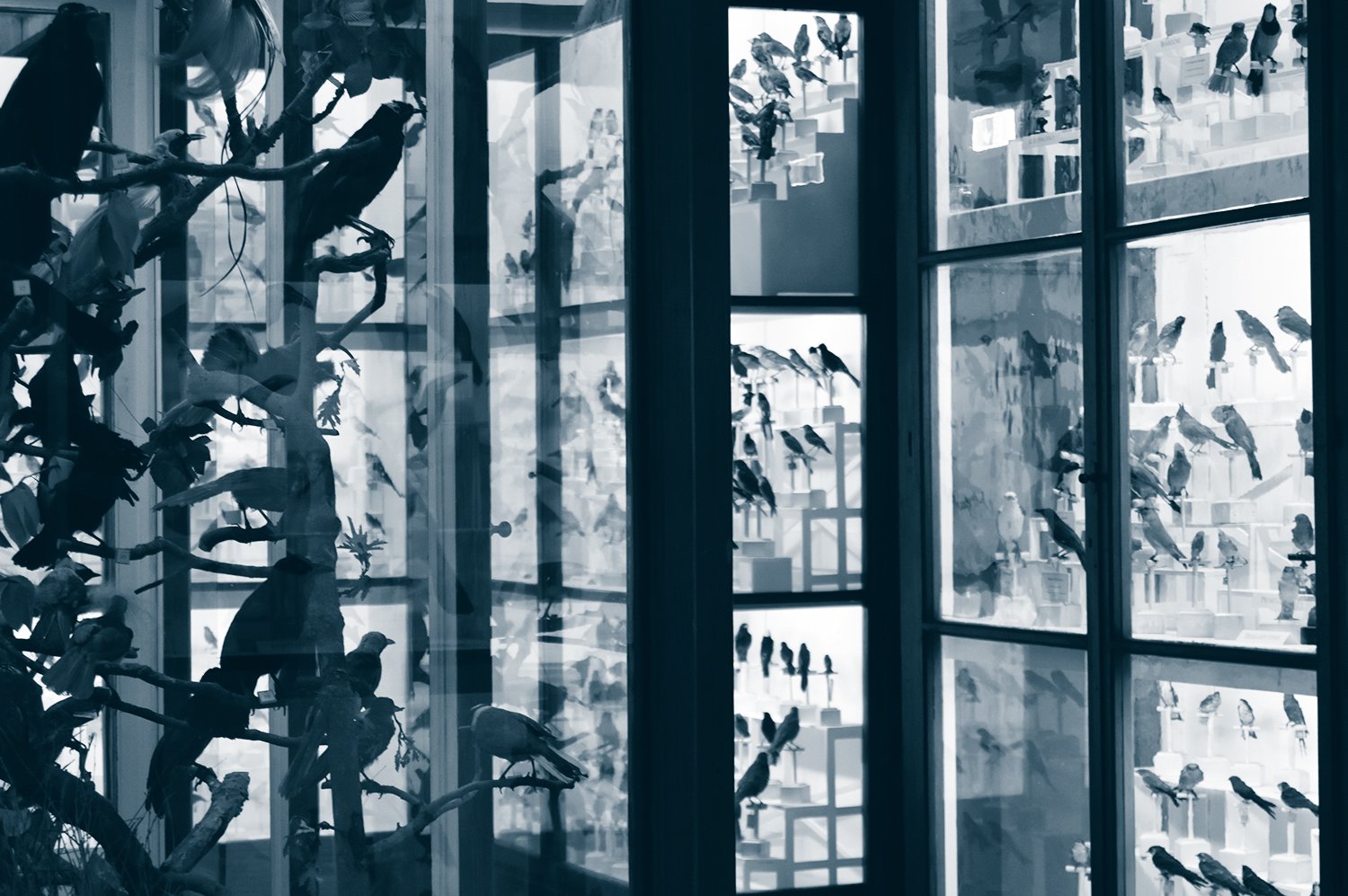
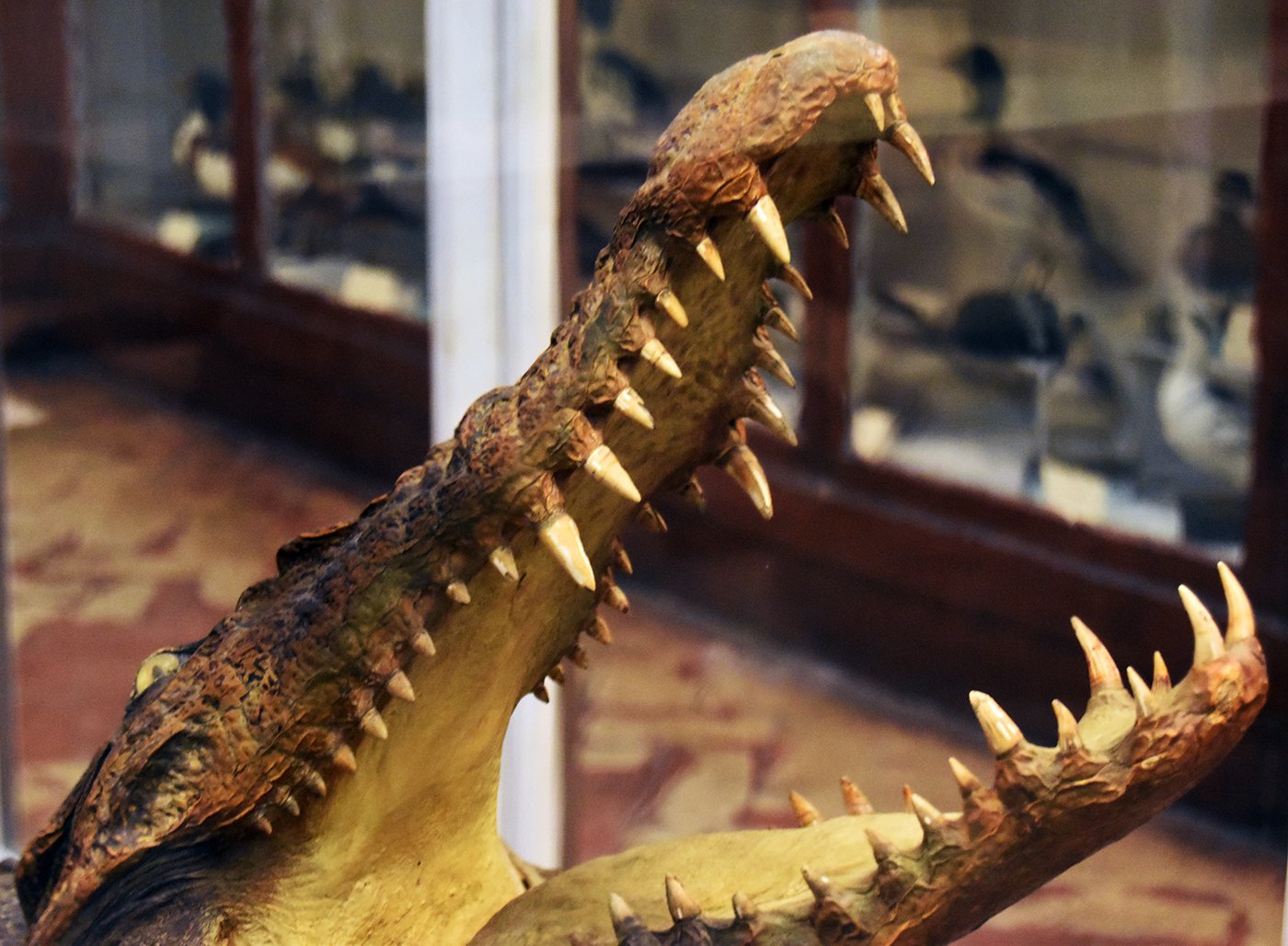

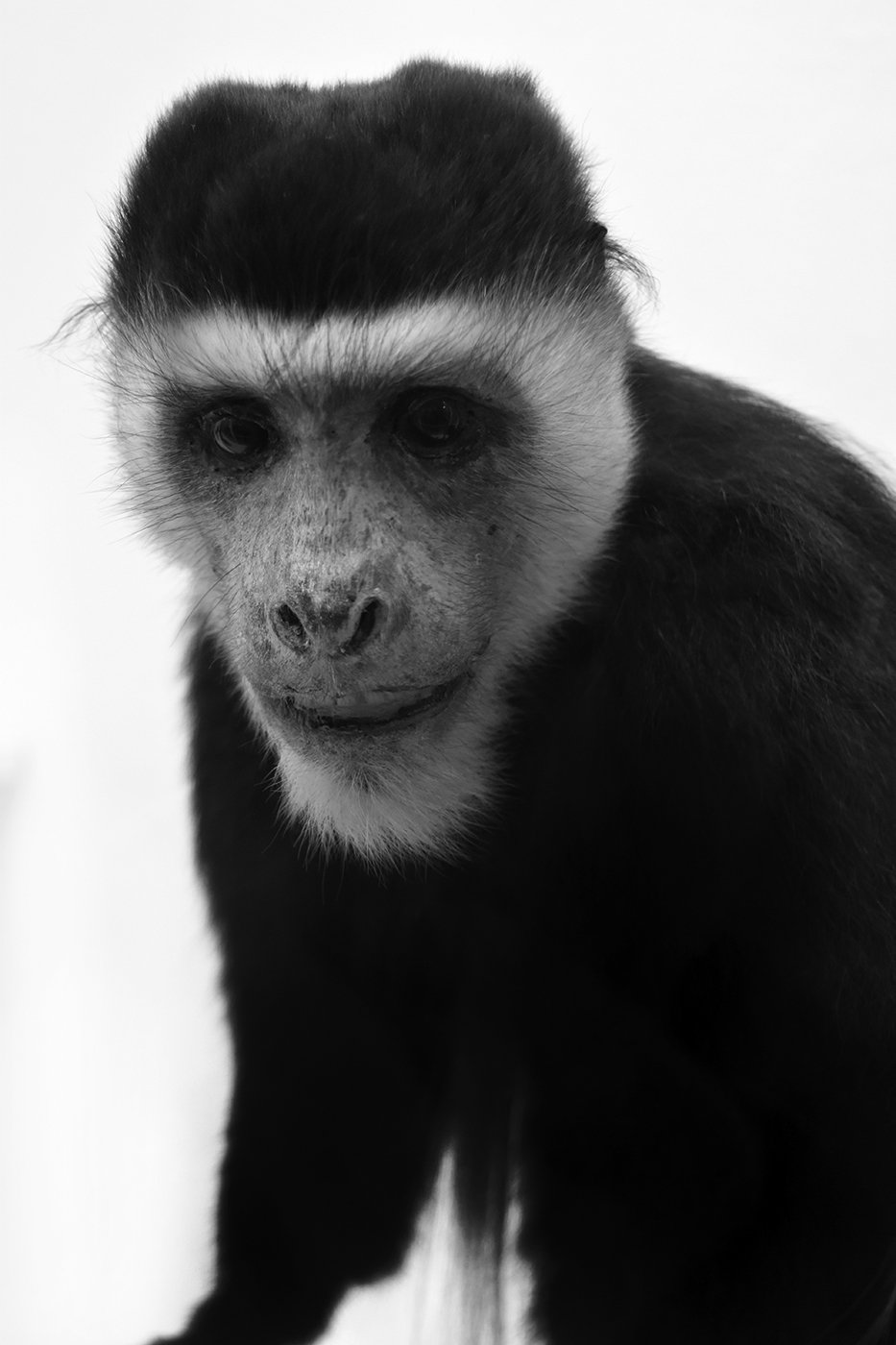
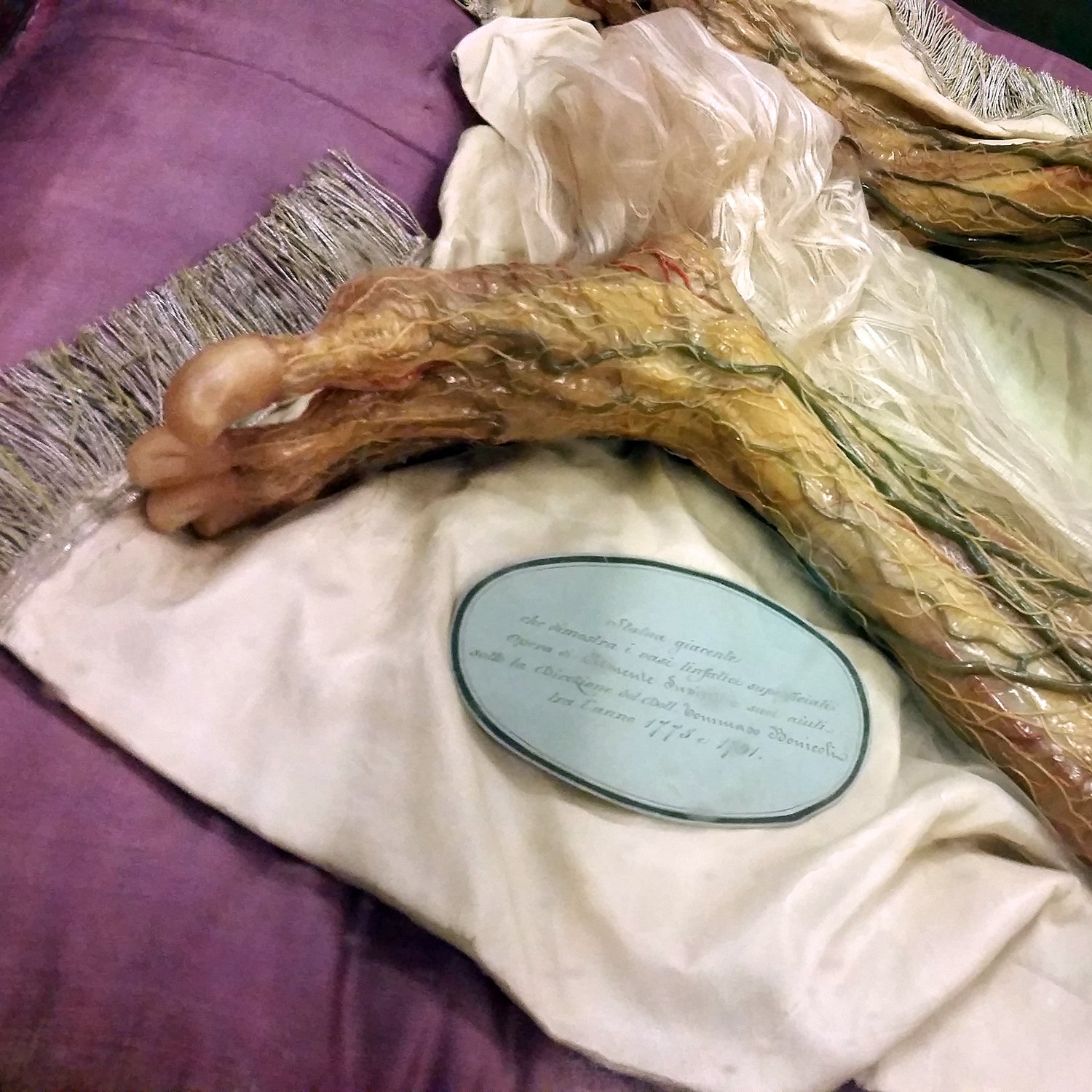
Detail of anatomical wax "Lo Spellato" by Clemente Susini
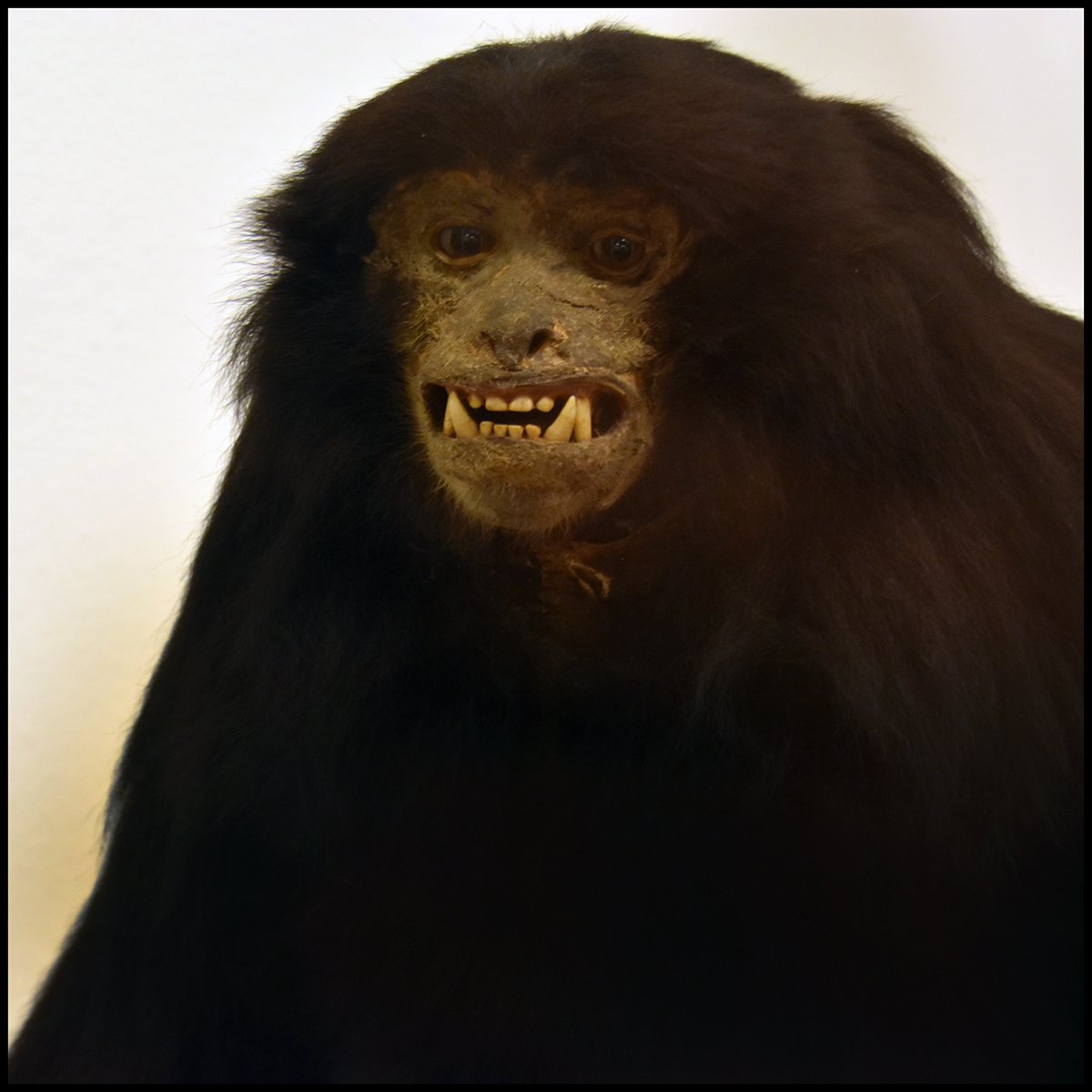

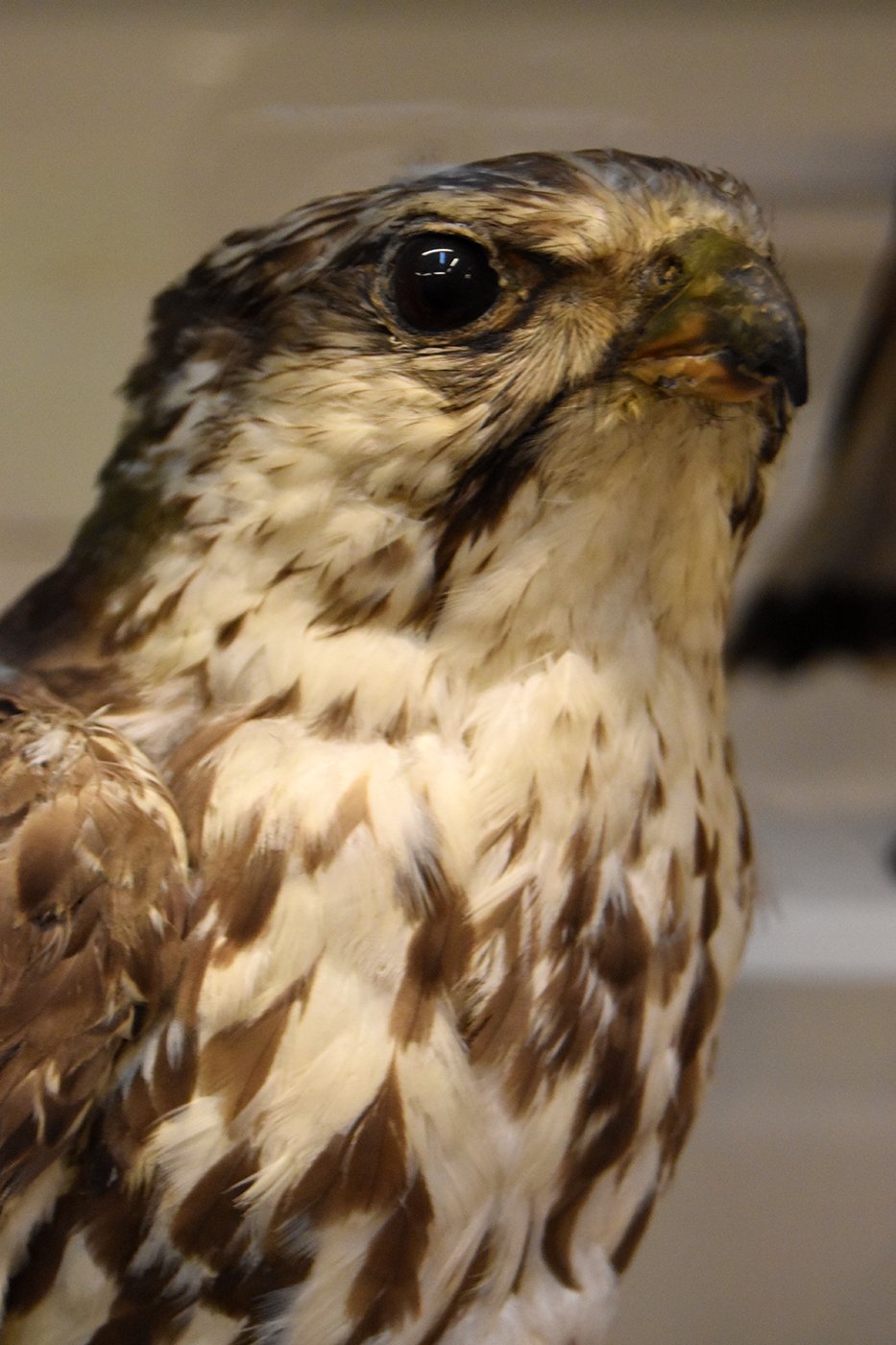



Pangolin



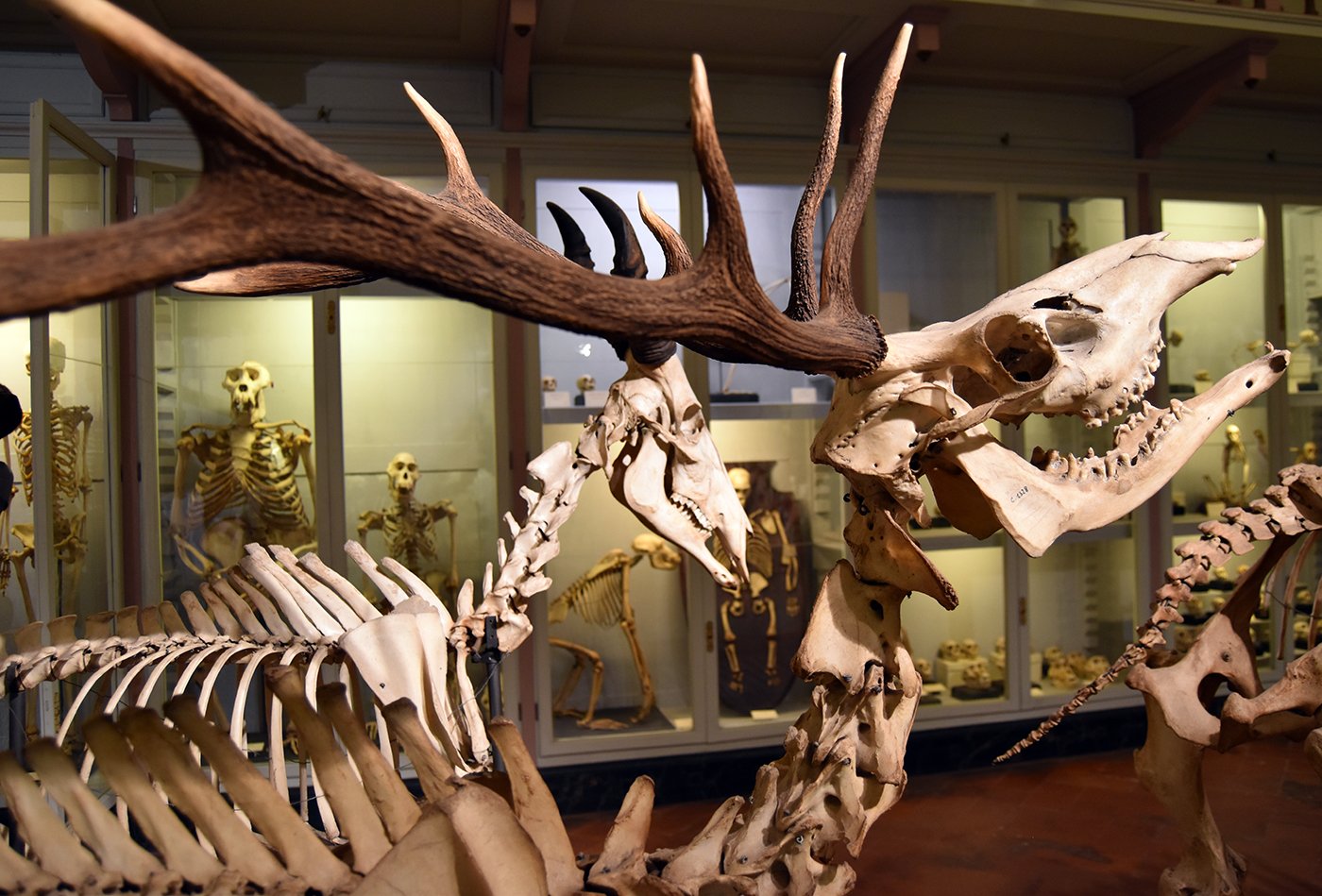
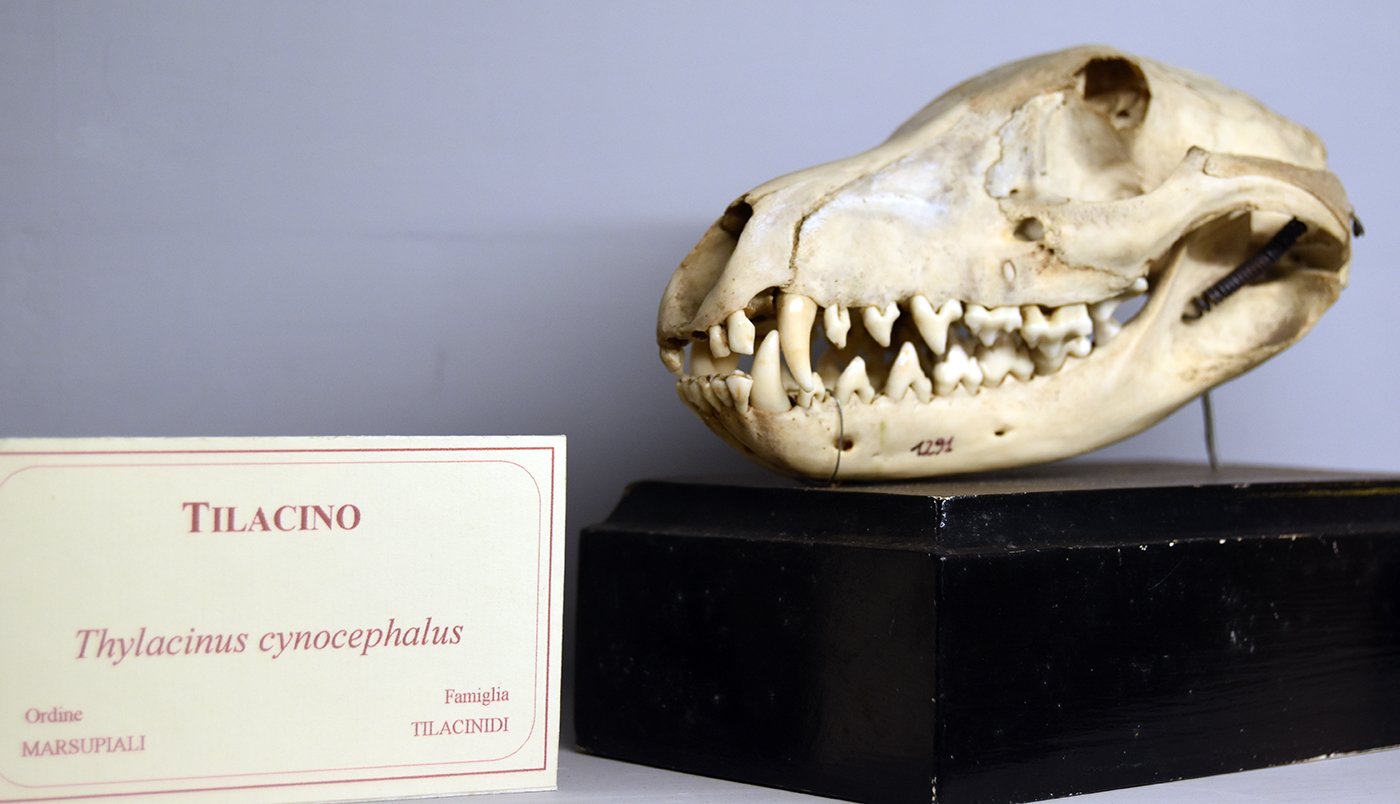
Skull of thylacine (Tasmanian tiger)
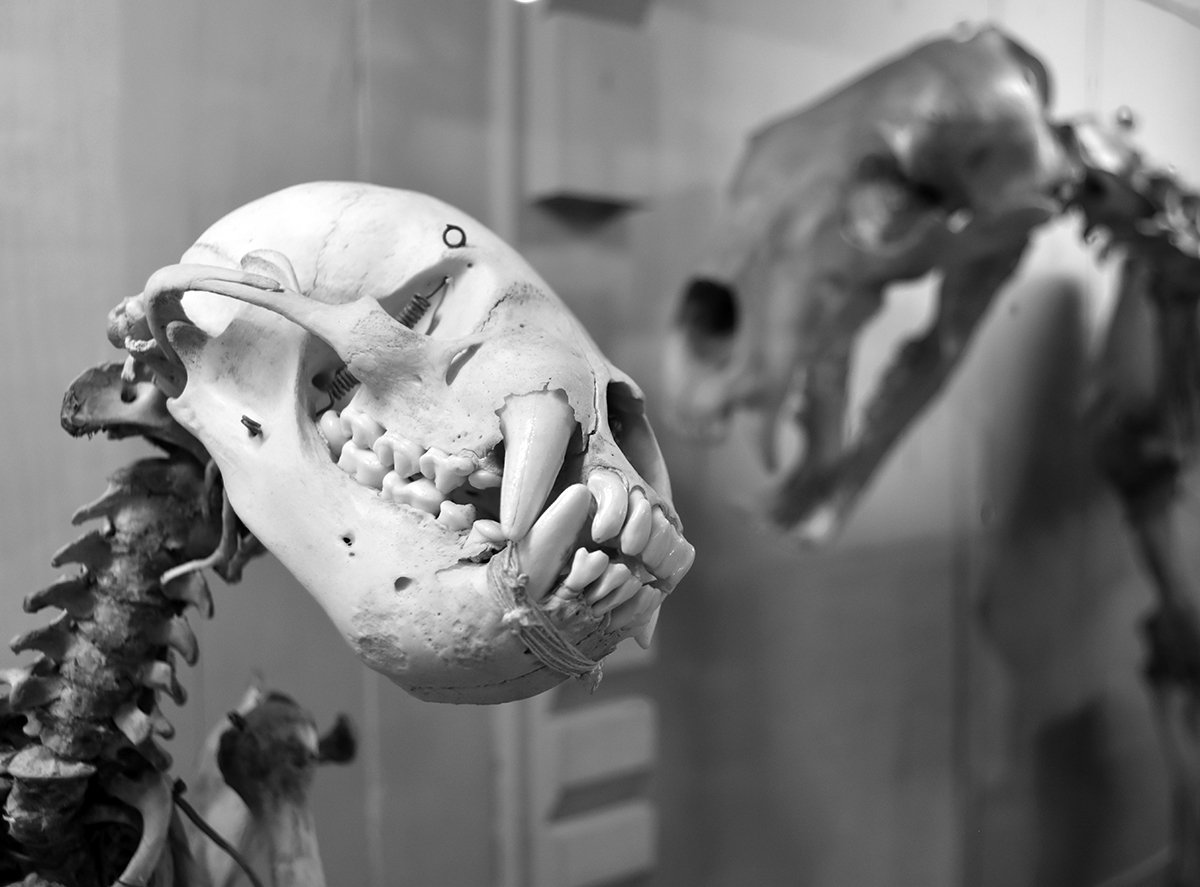
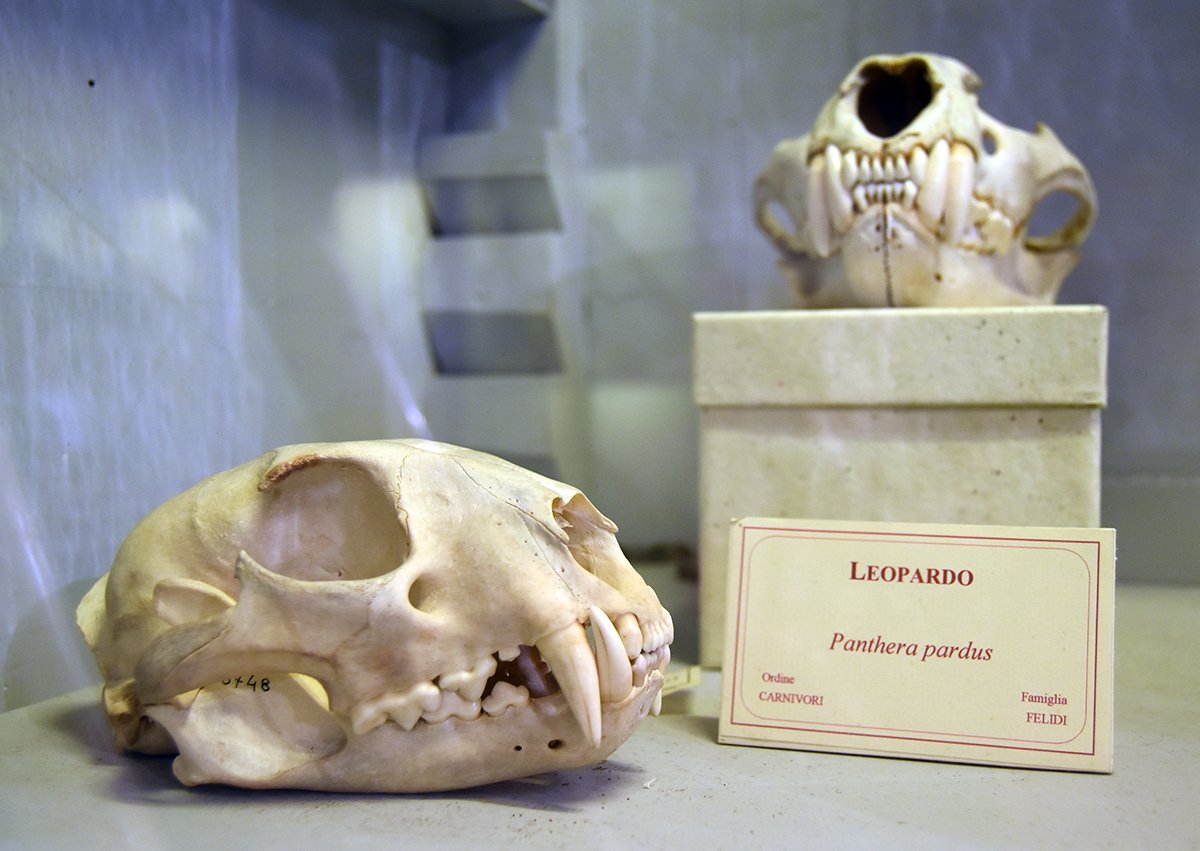
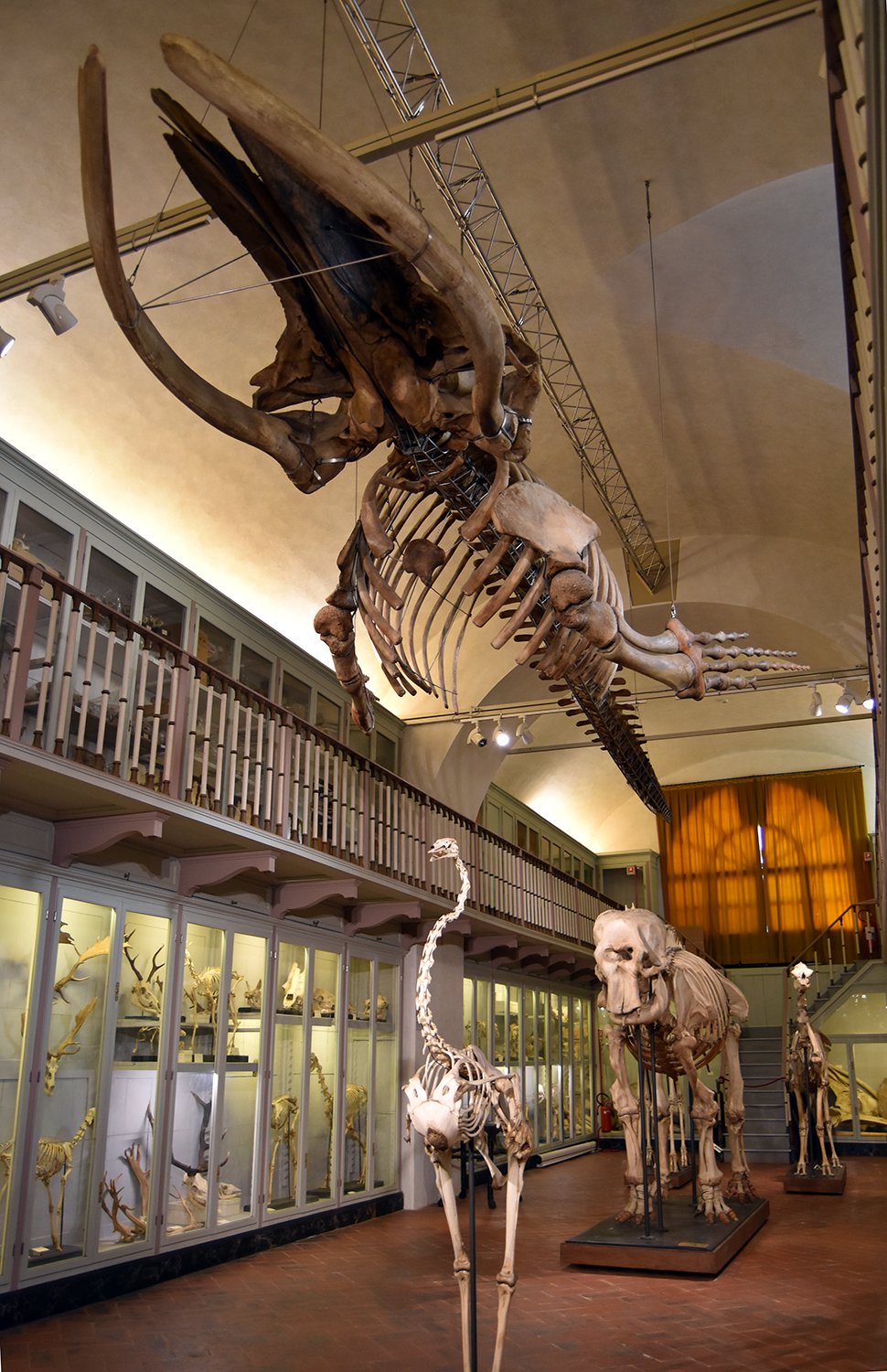
The Hall of Skeletons
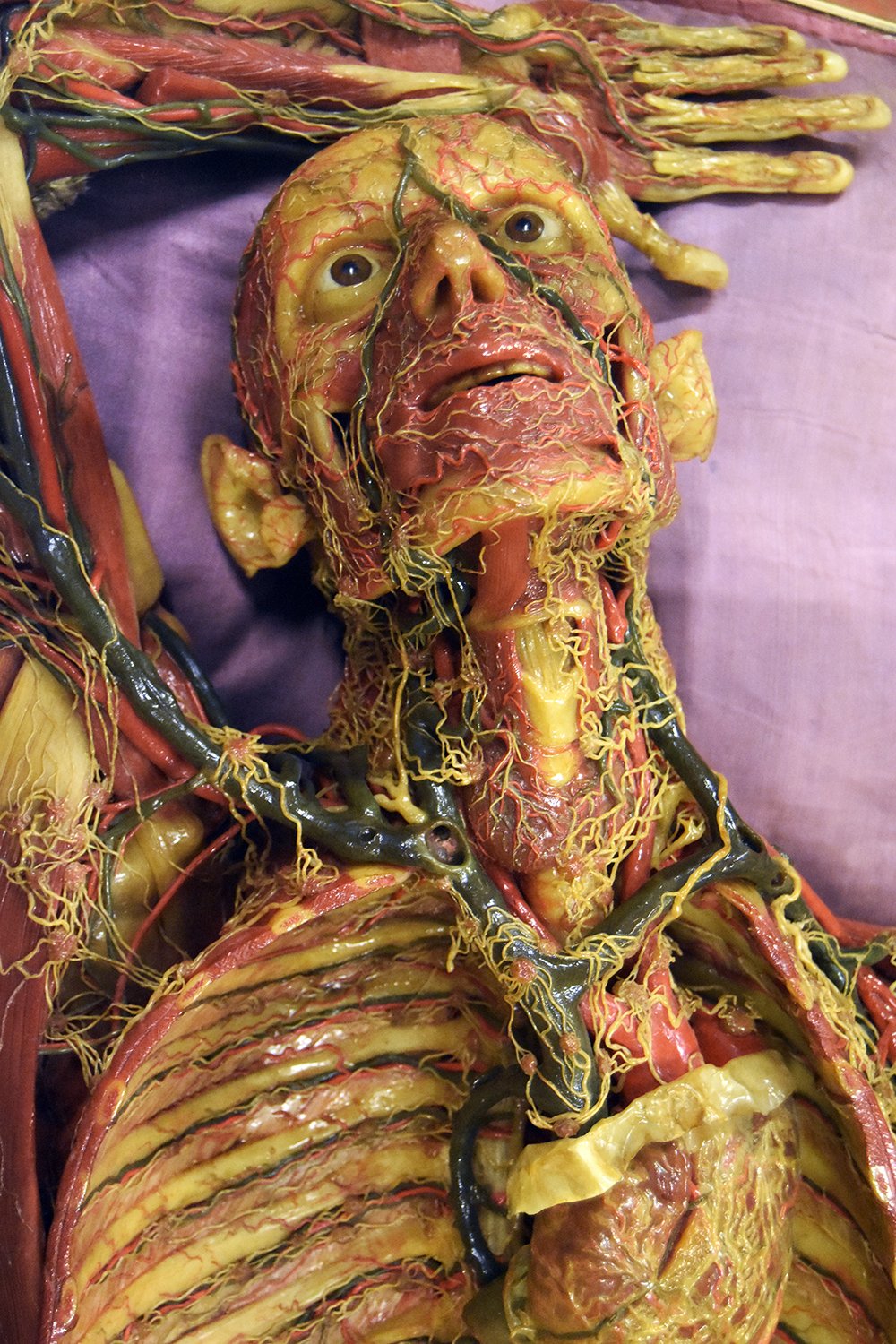
Detail of anatomical wax by Clemente Susini

Detail of anatomical wax "Lo Spellato" by Clemente Susini

"Venerina" anatomical wax by Clemente Susini

17th-century anatomical wax by Gaetano Giulio Zumbo (1656–1701)


